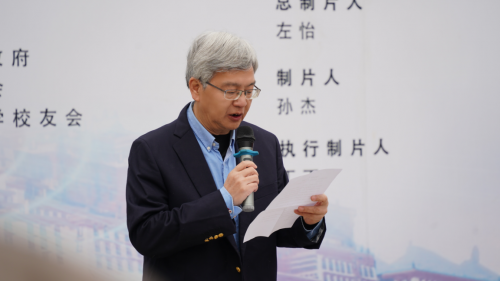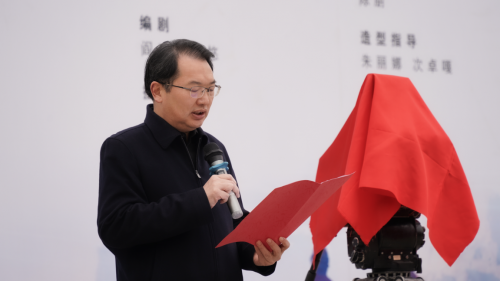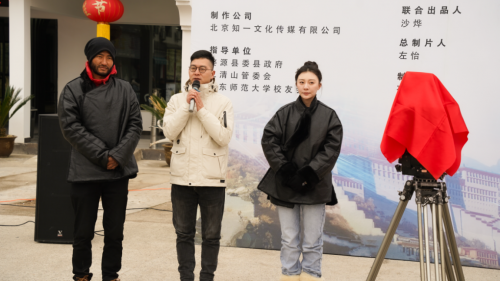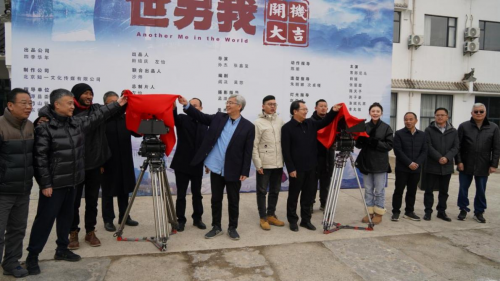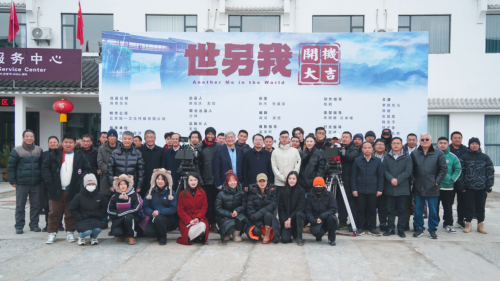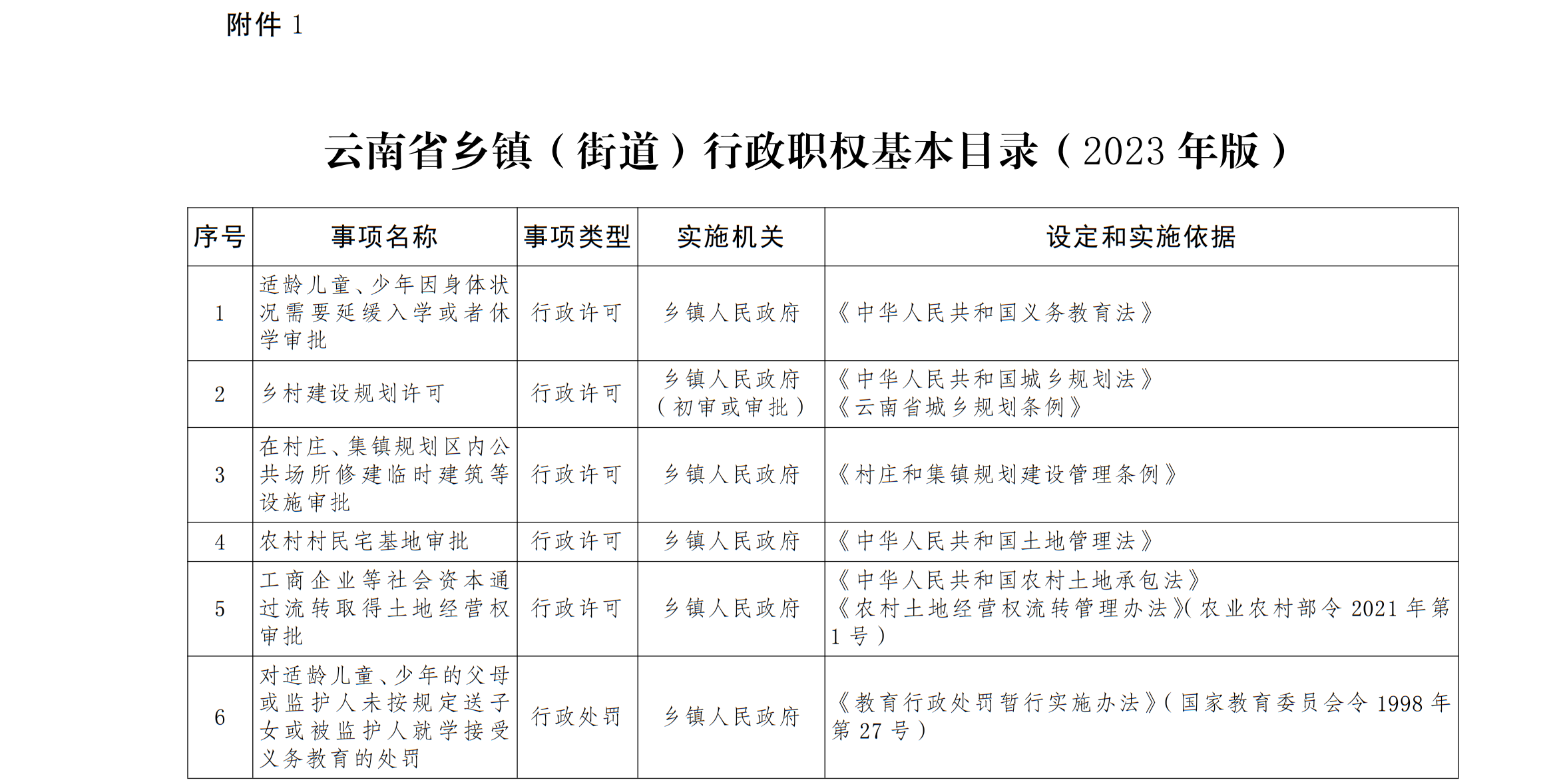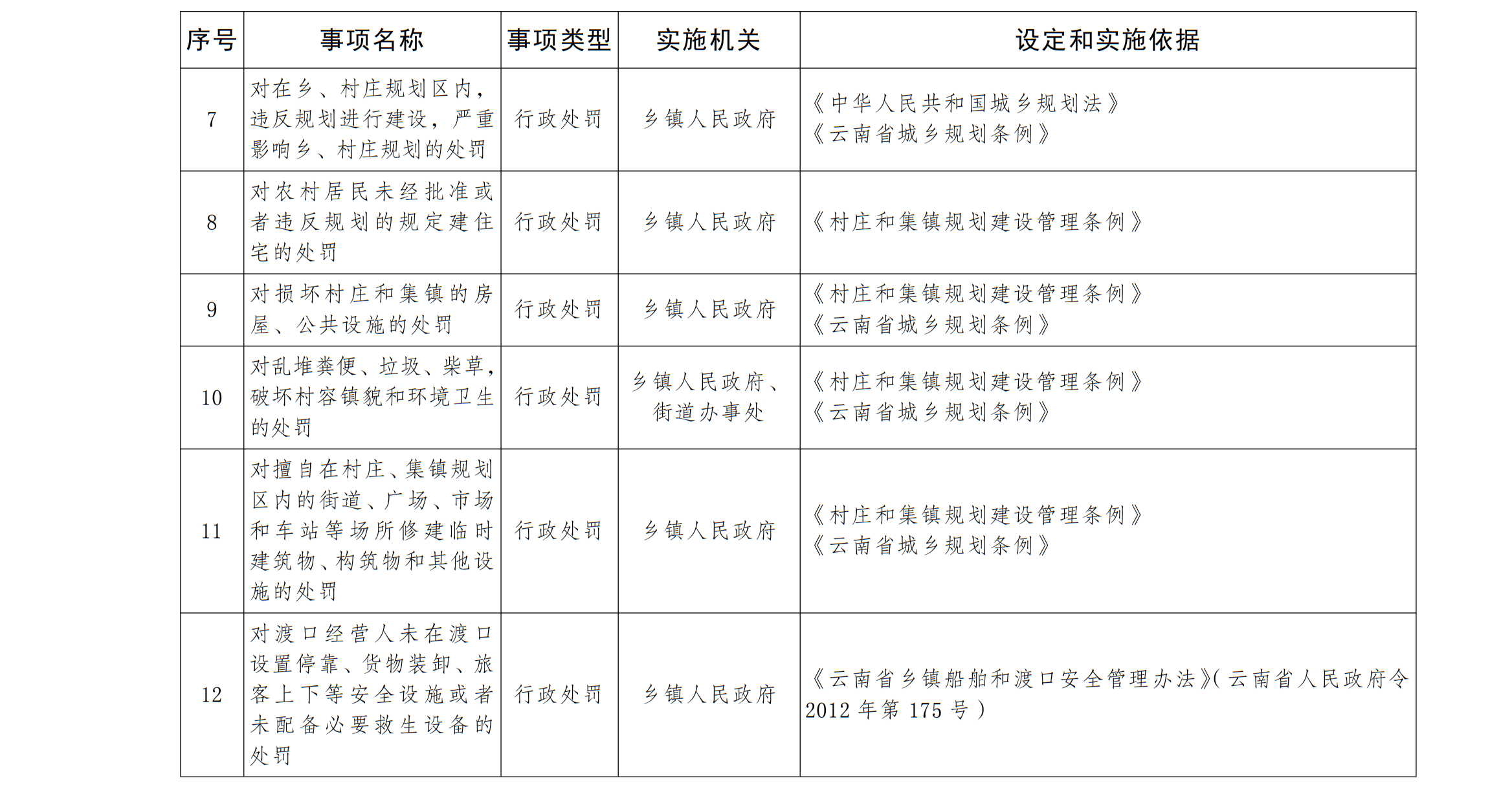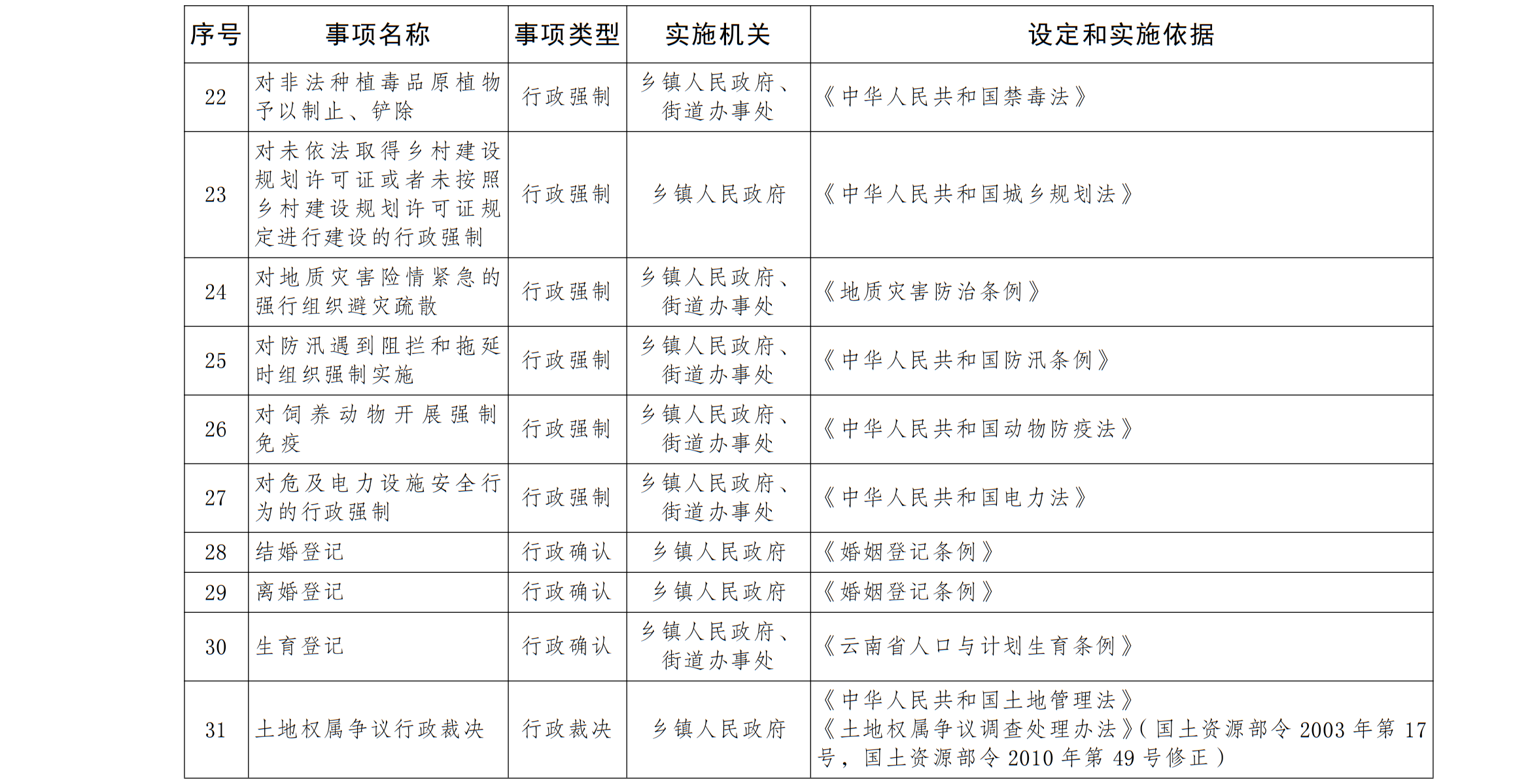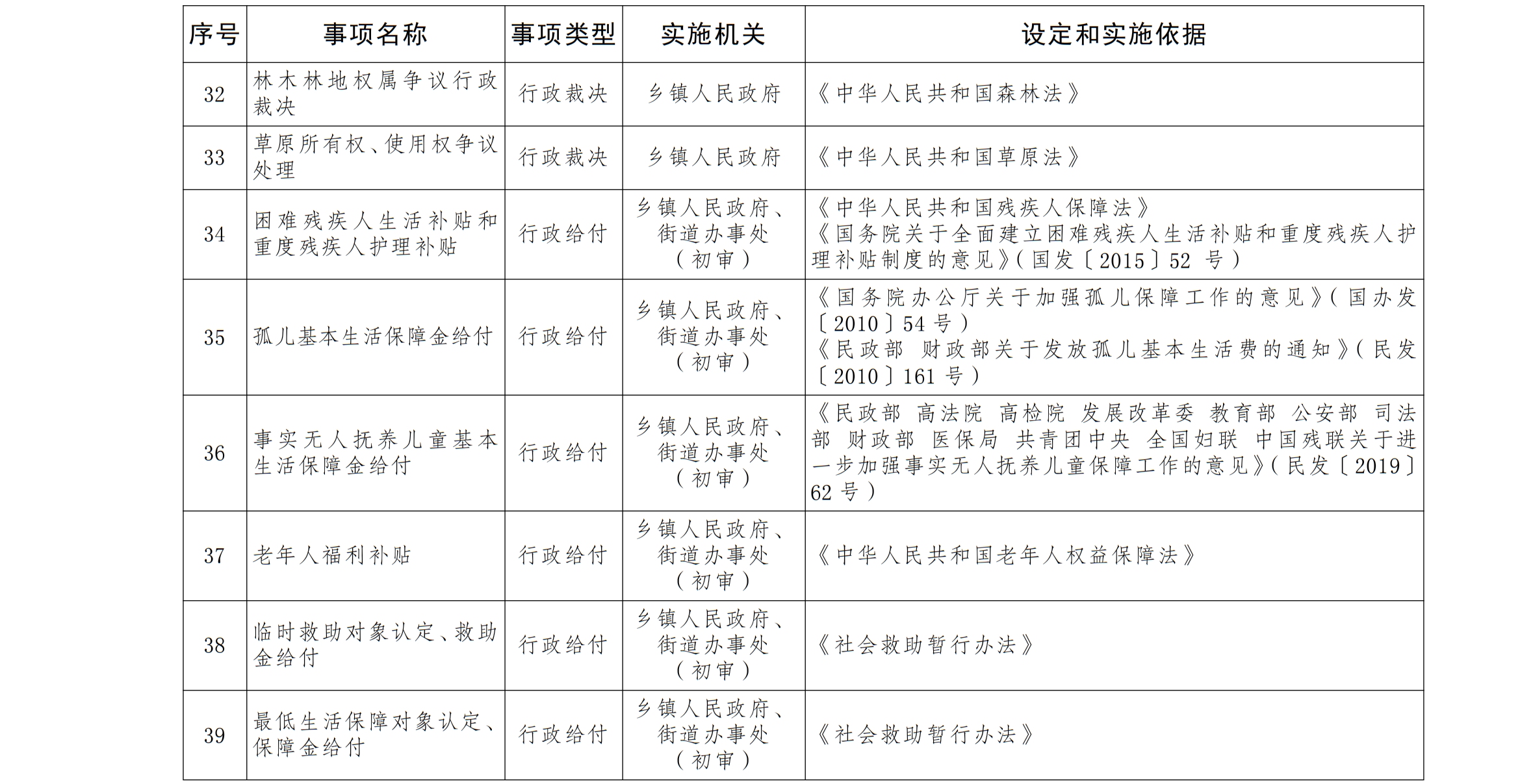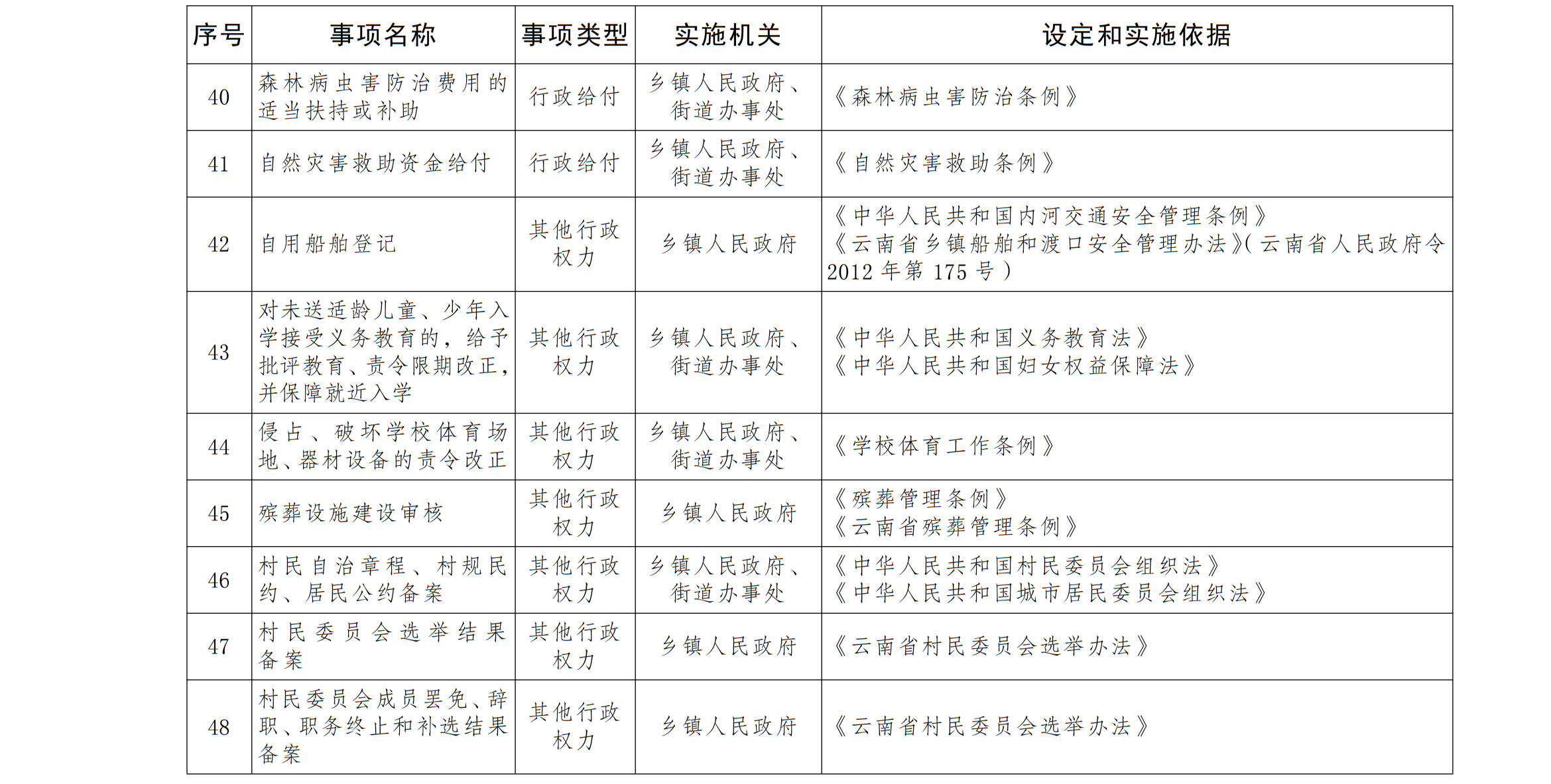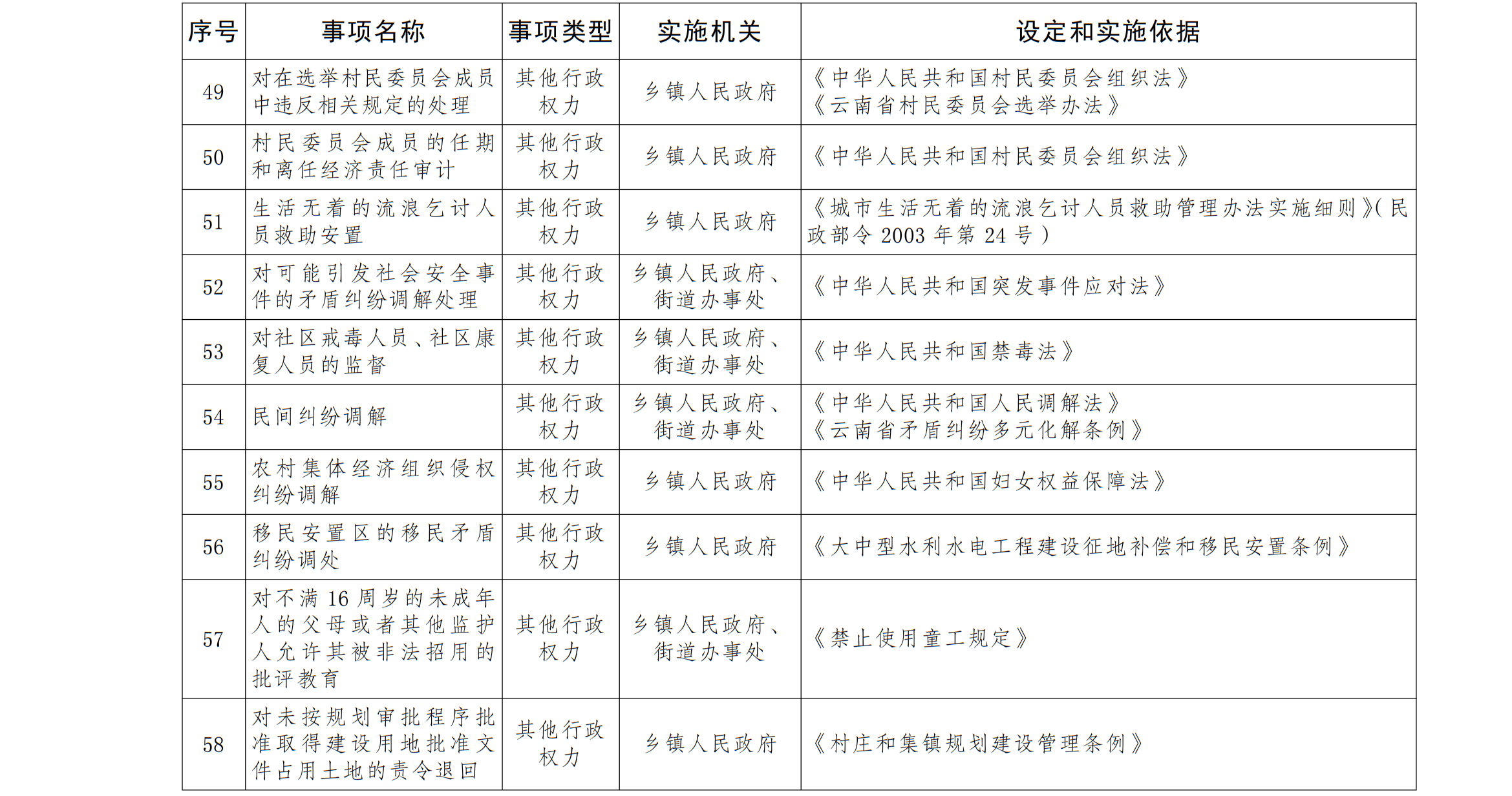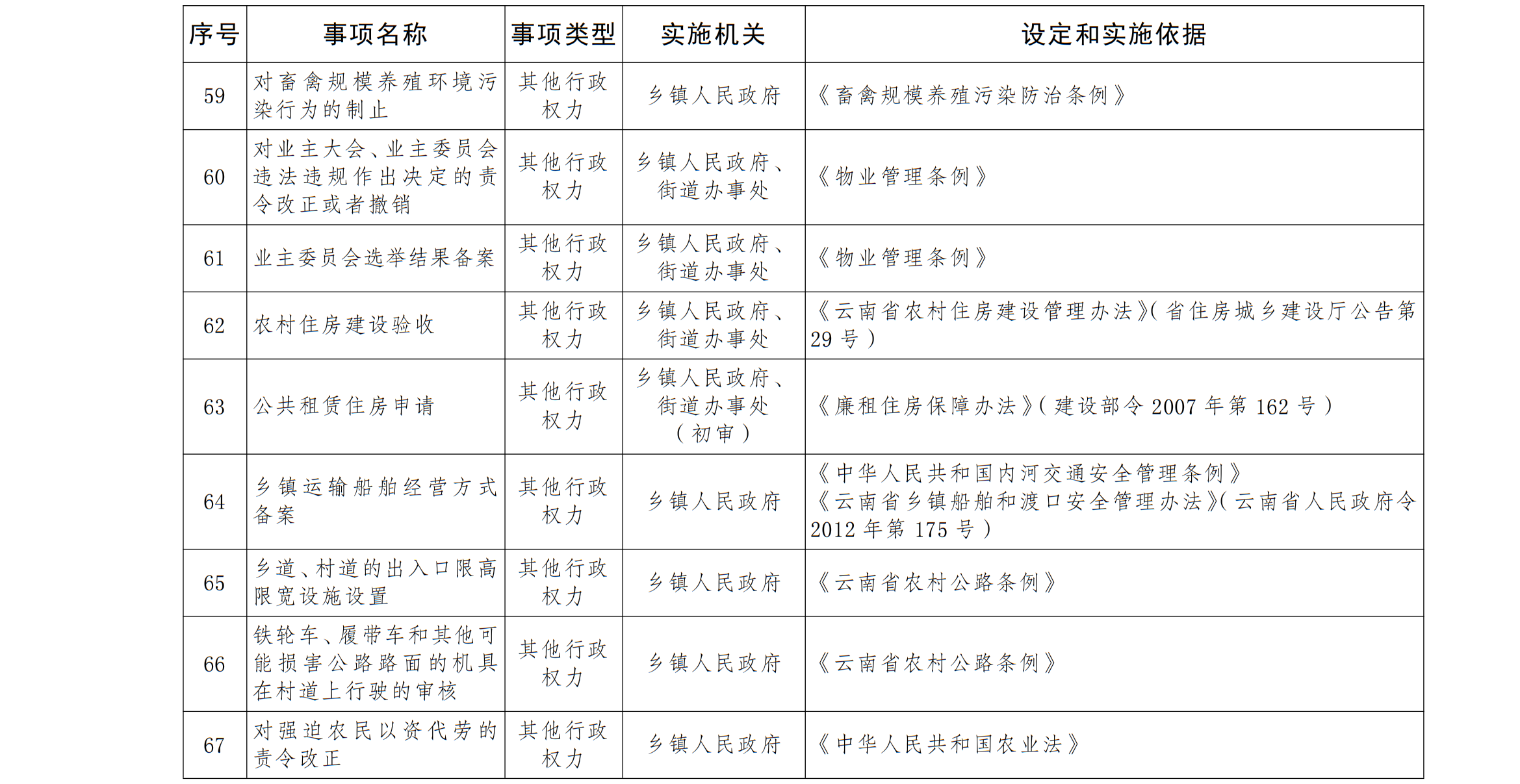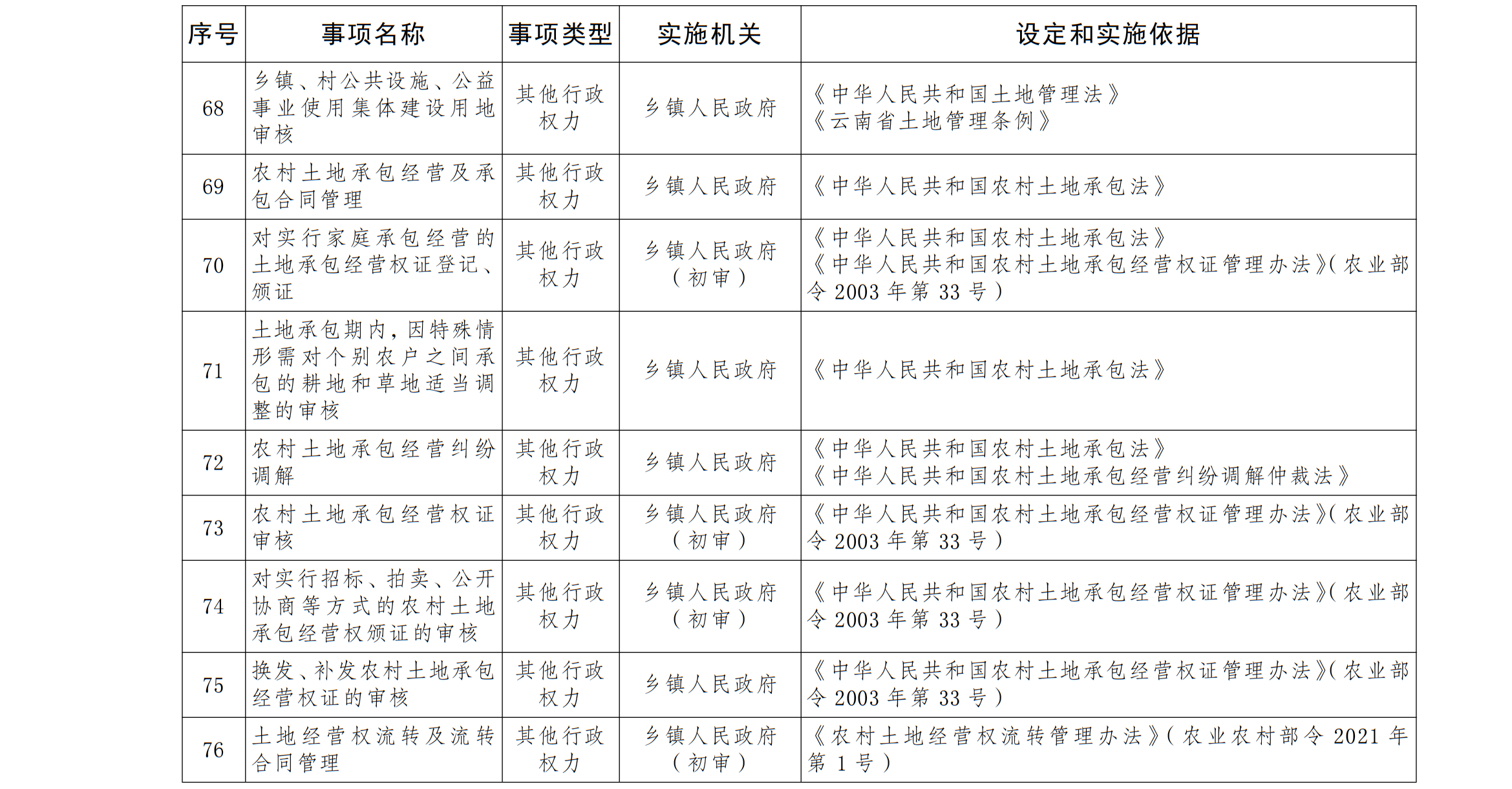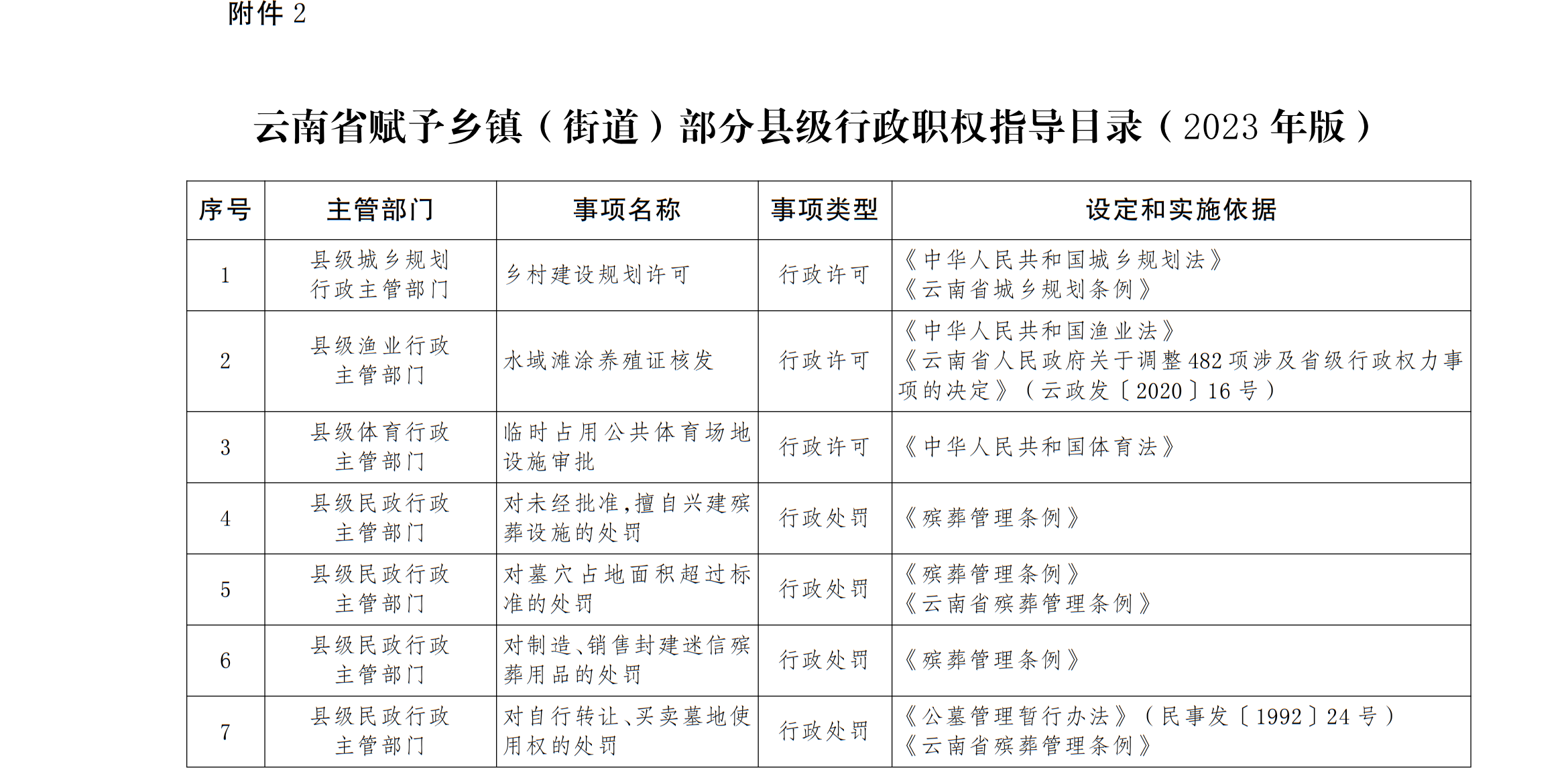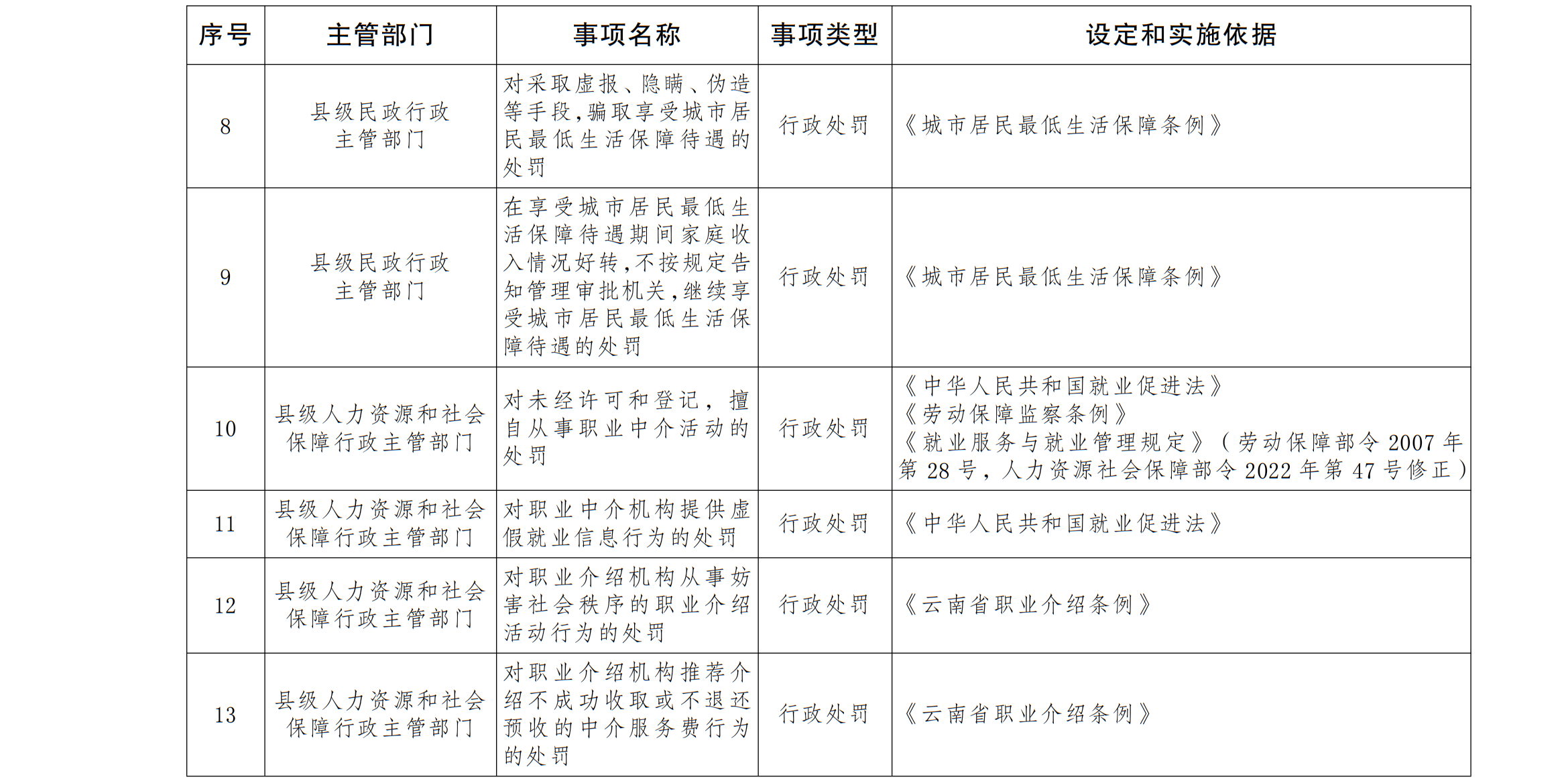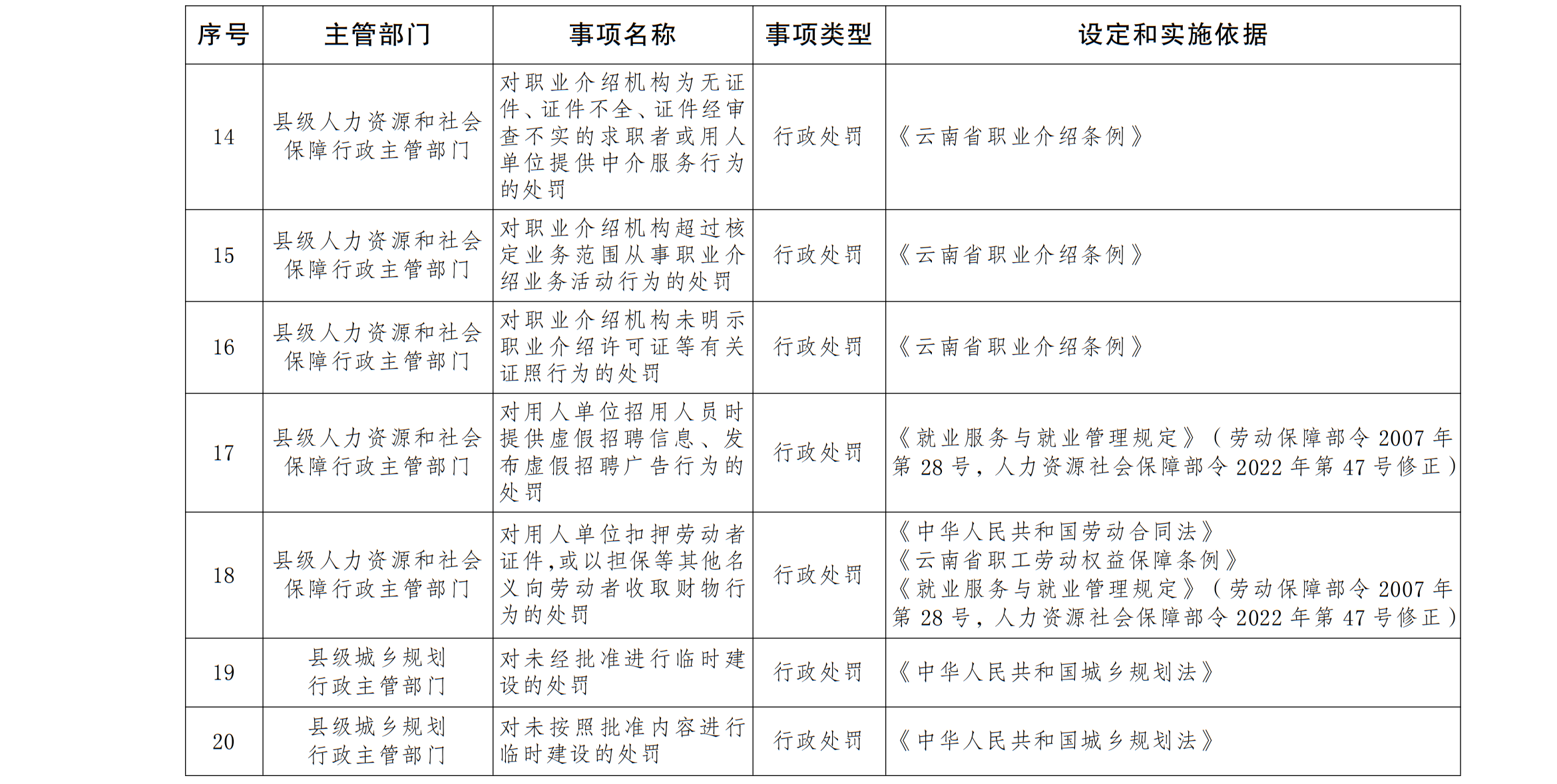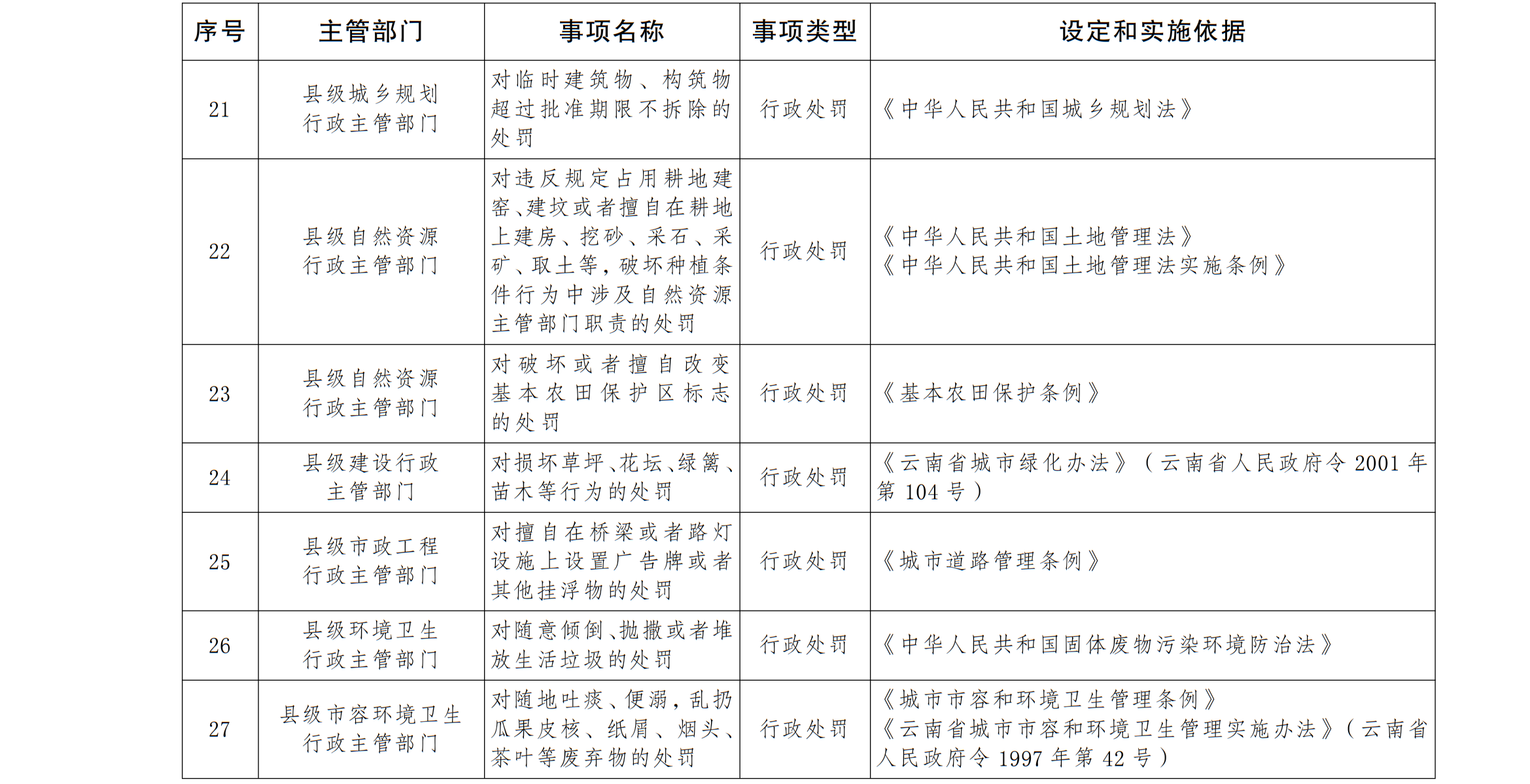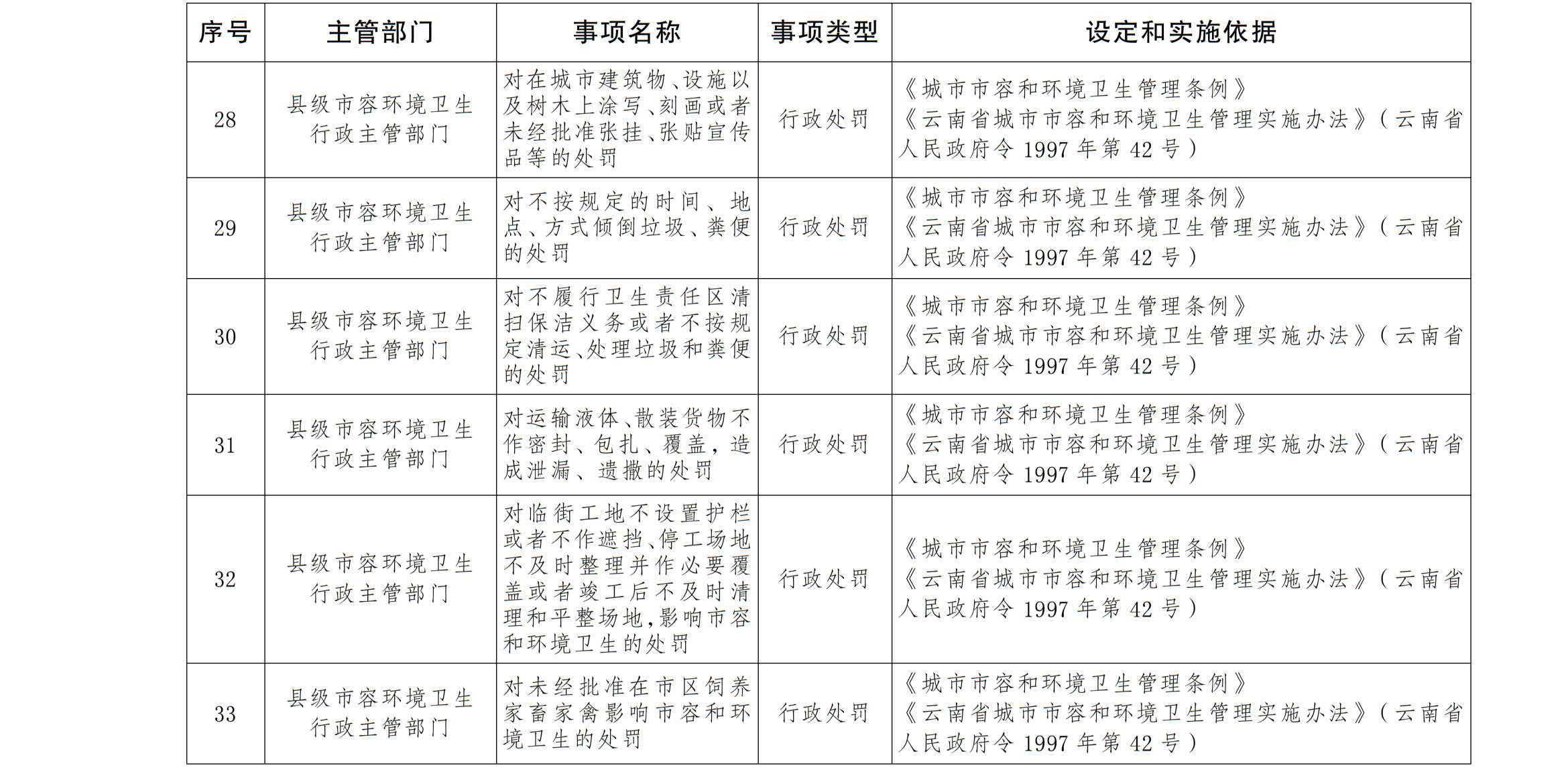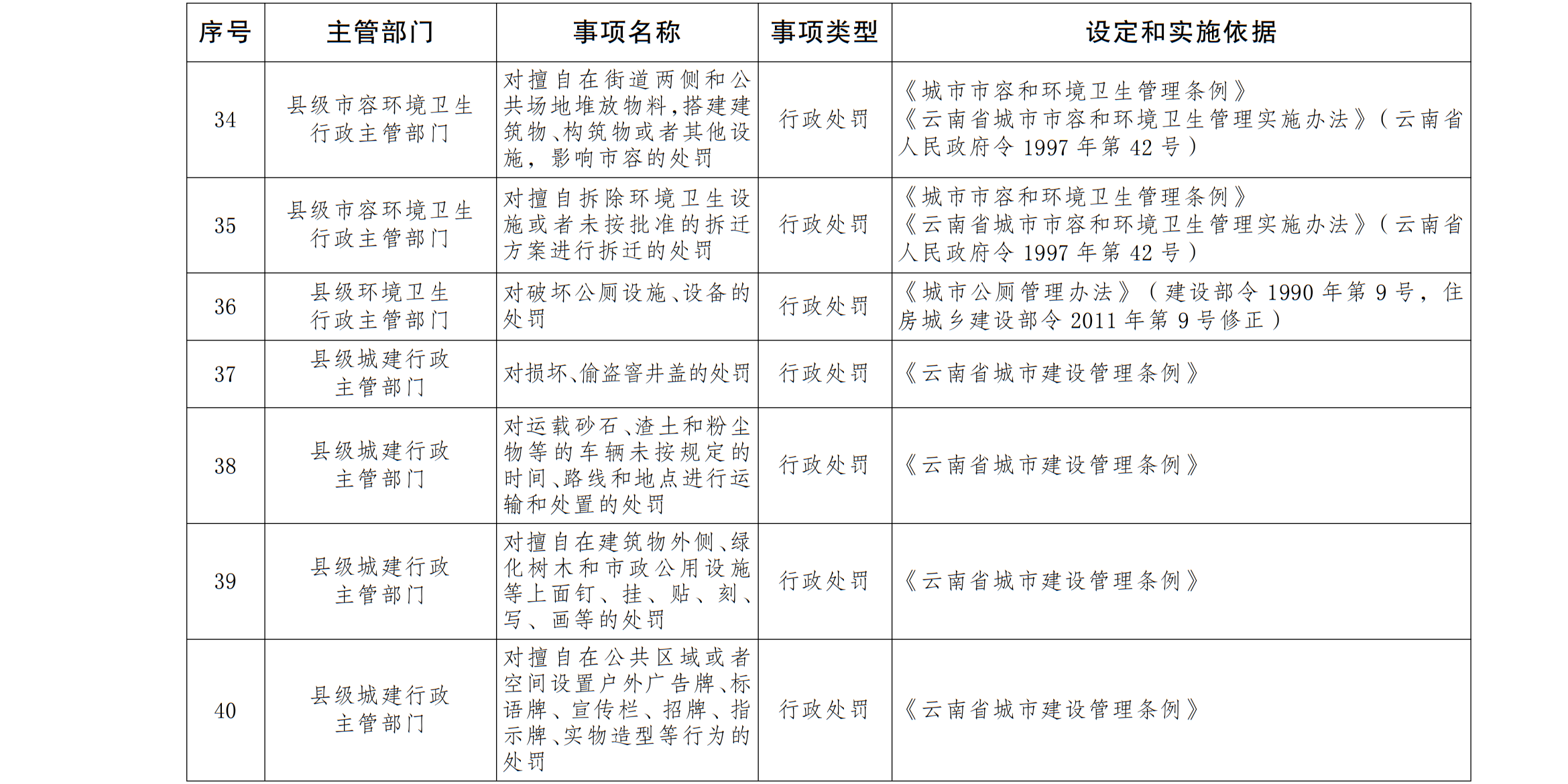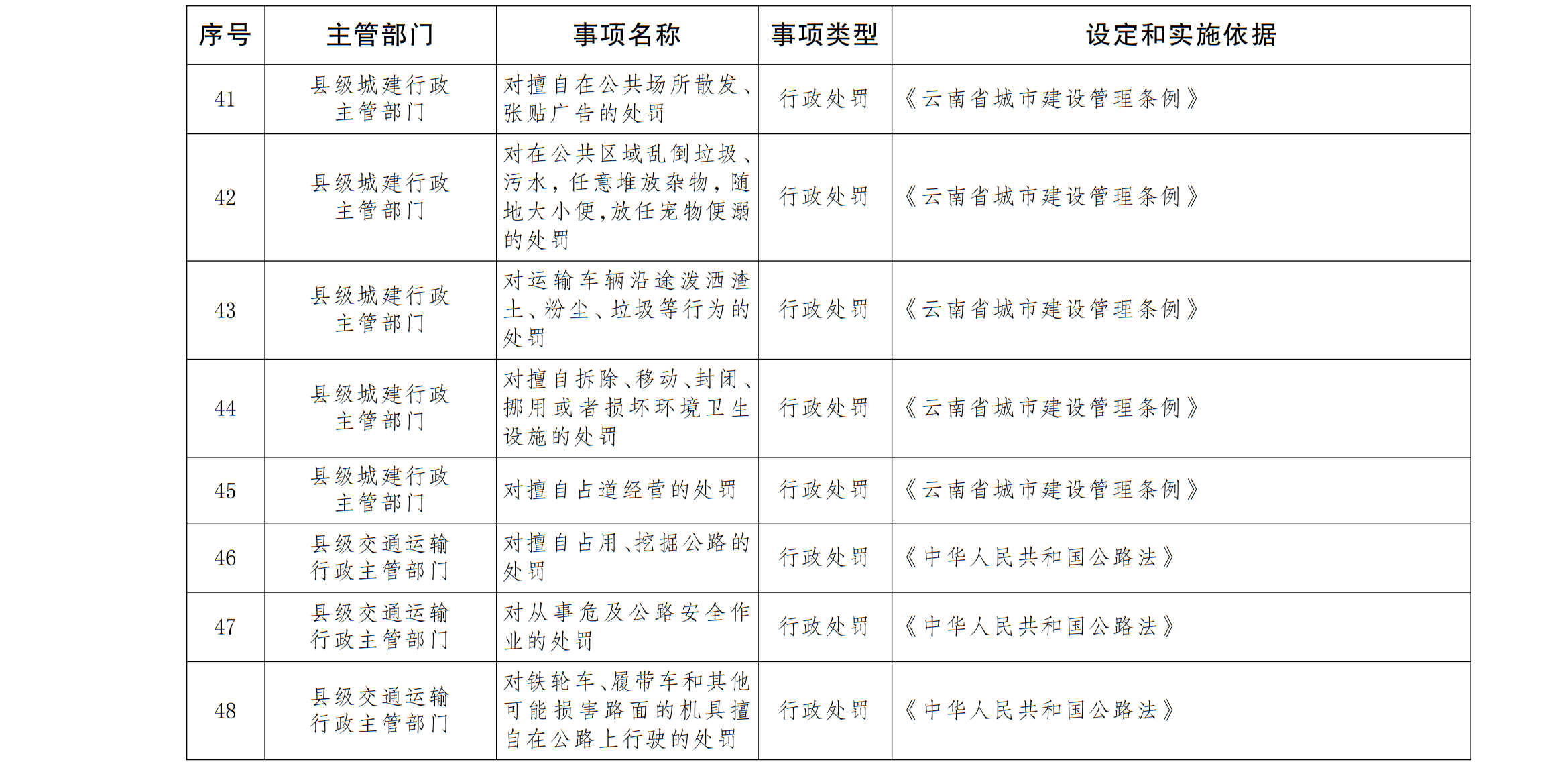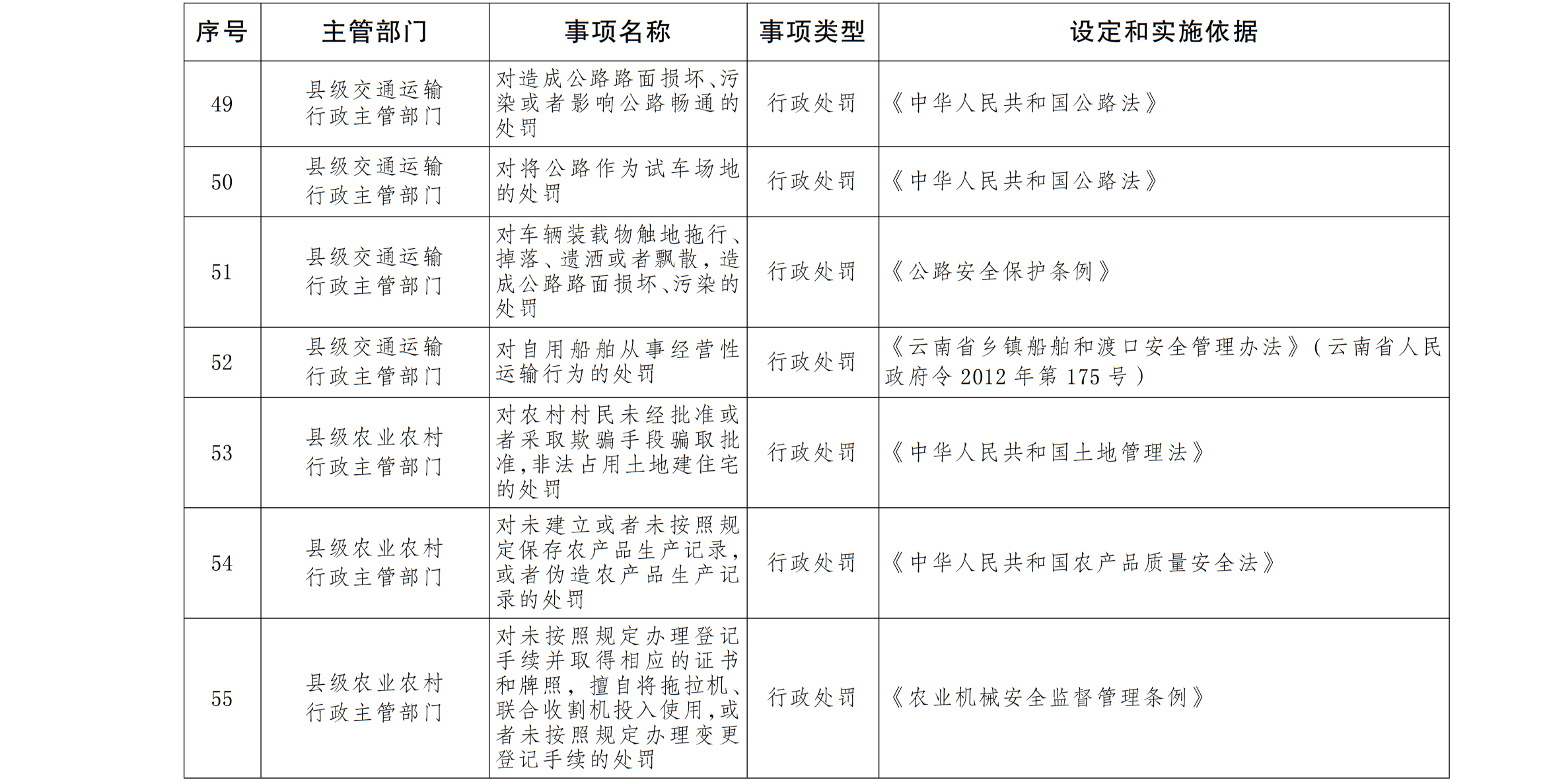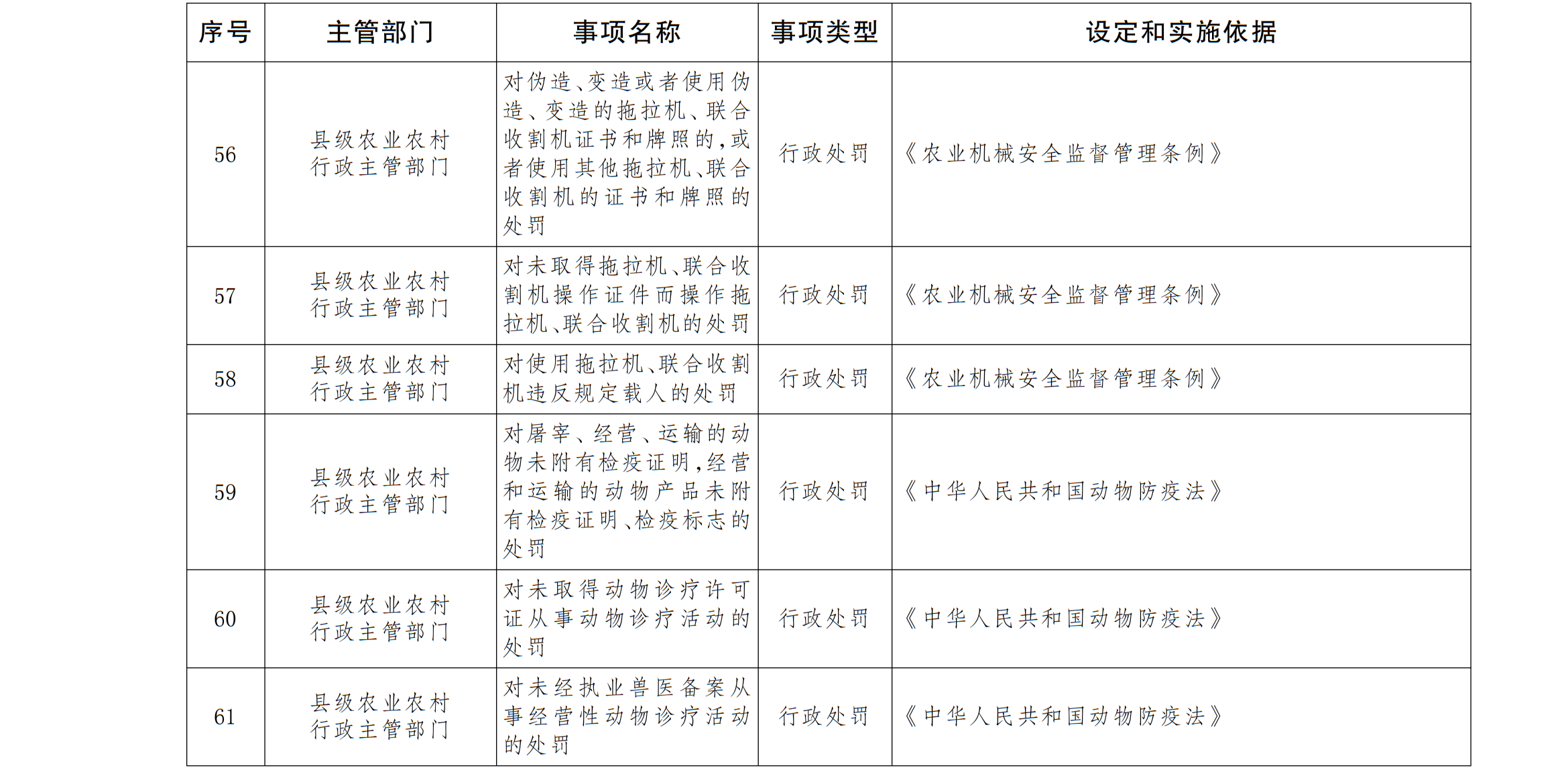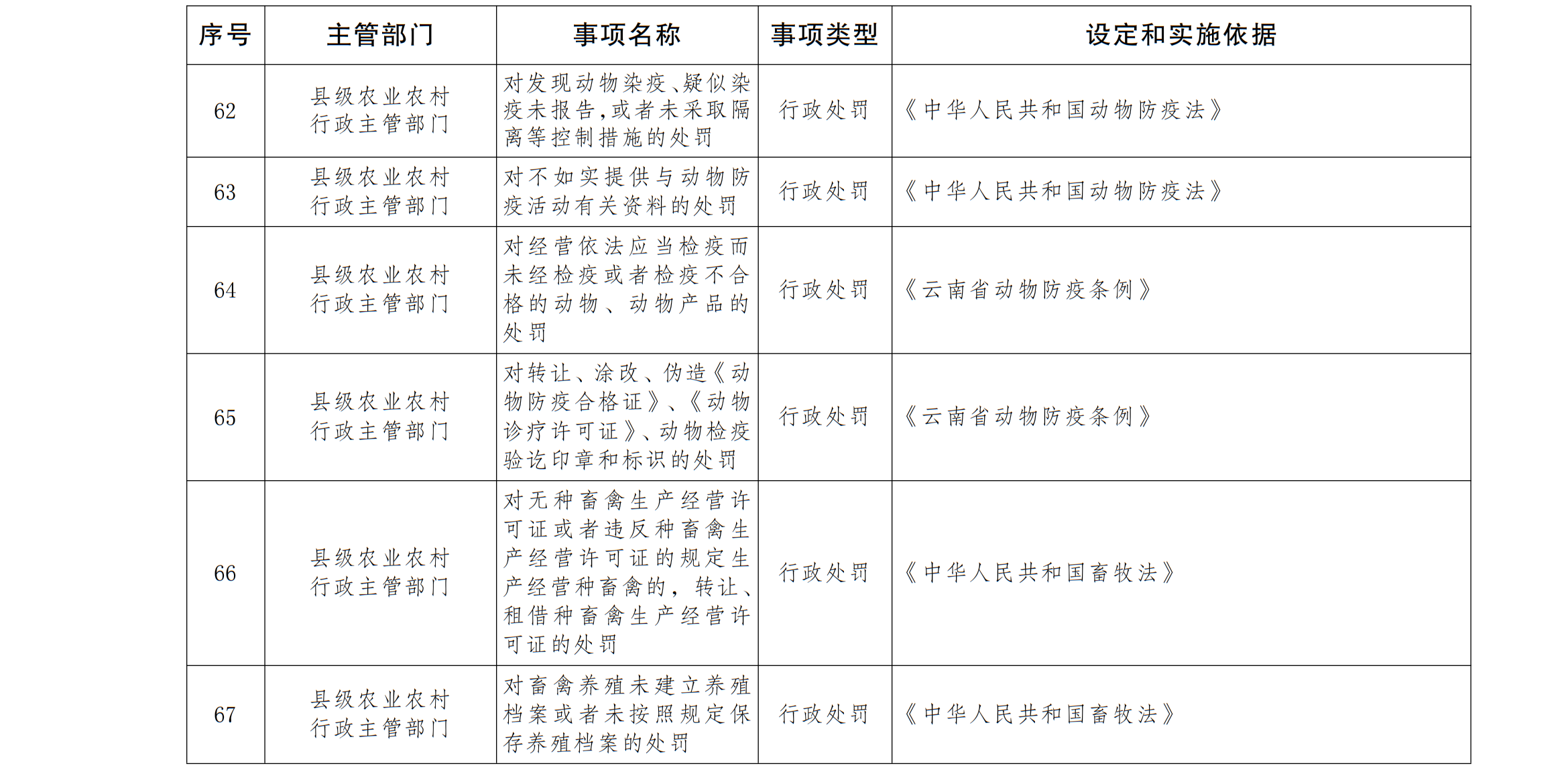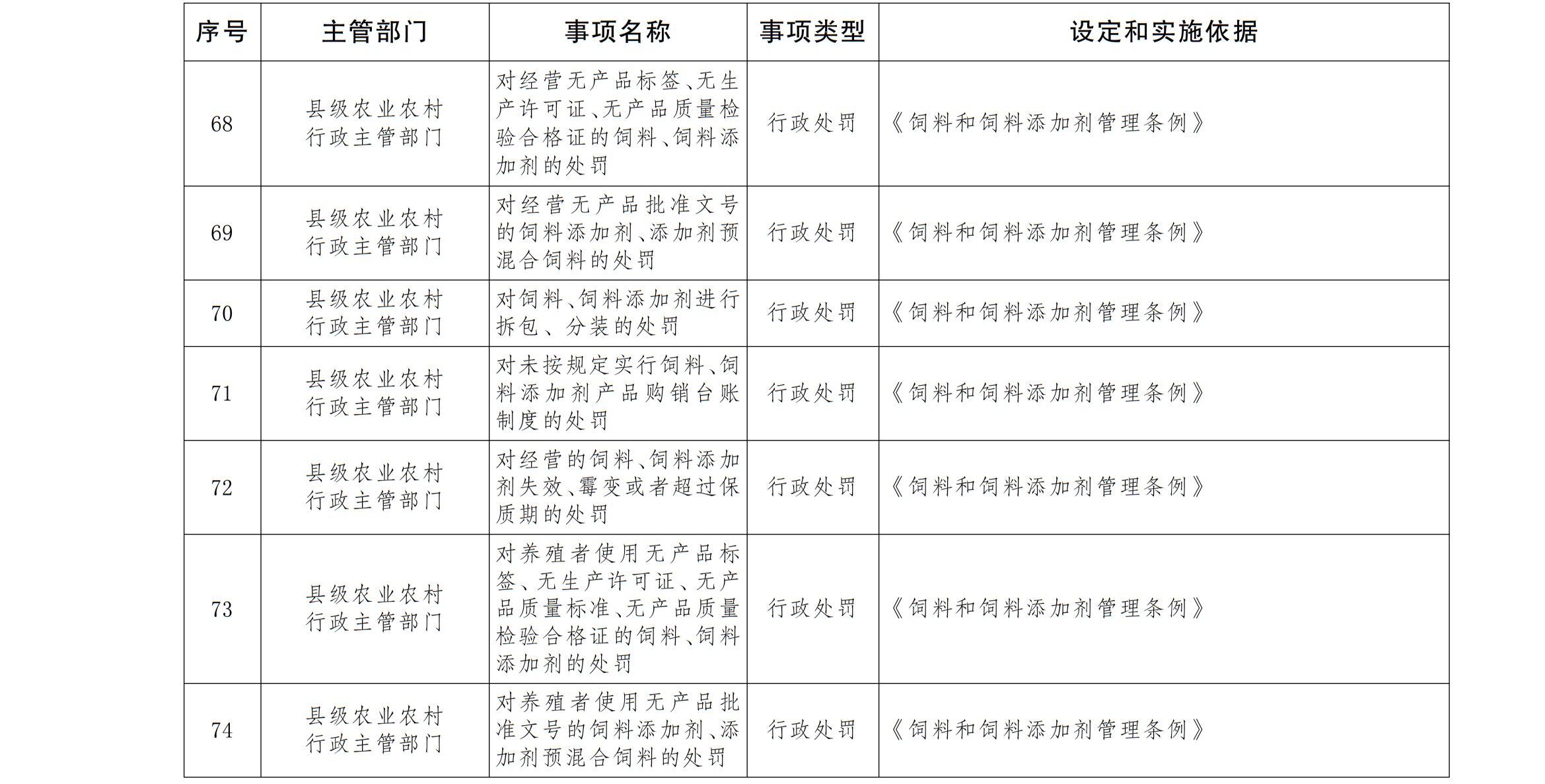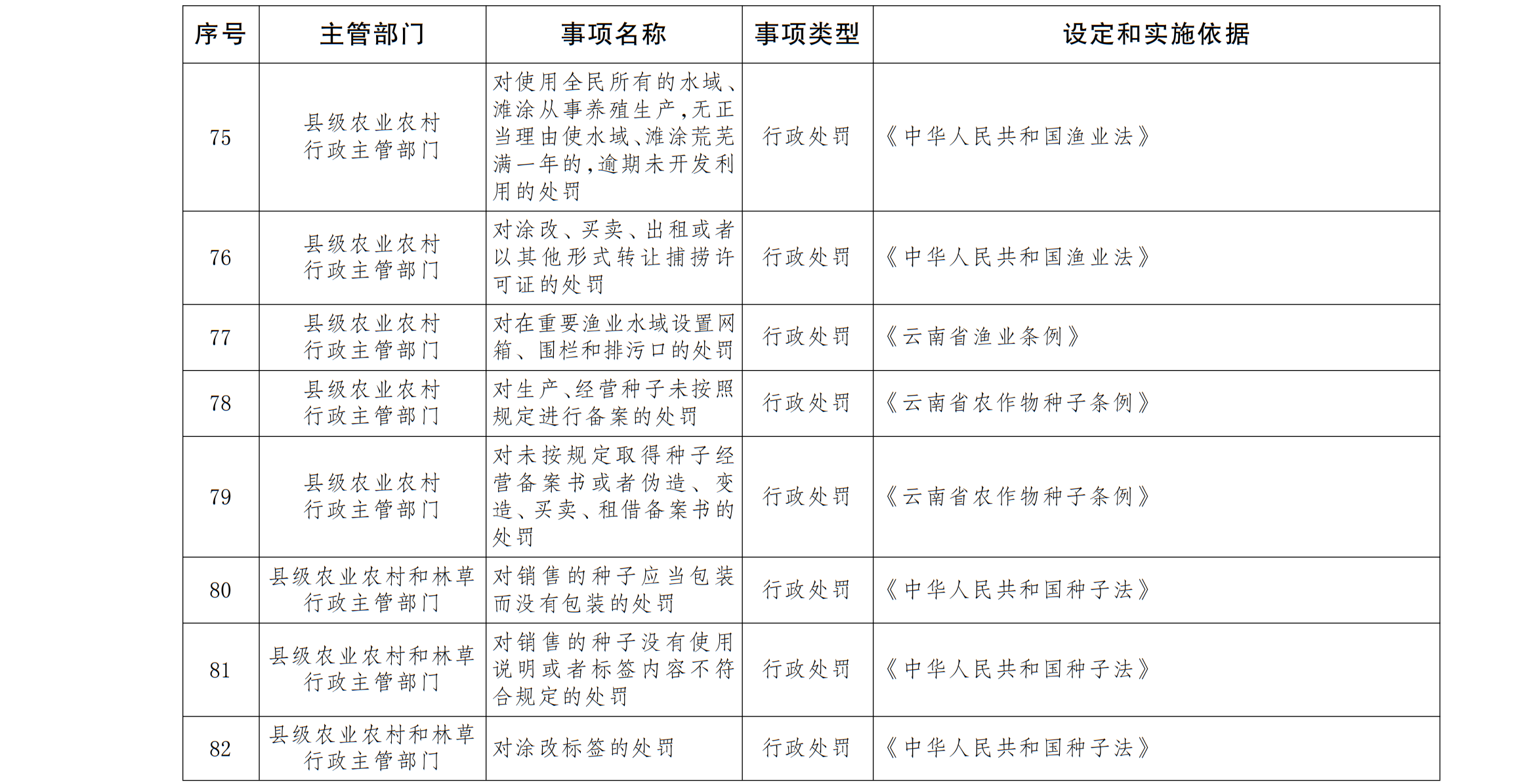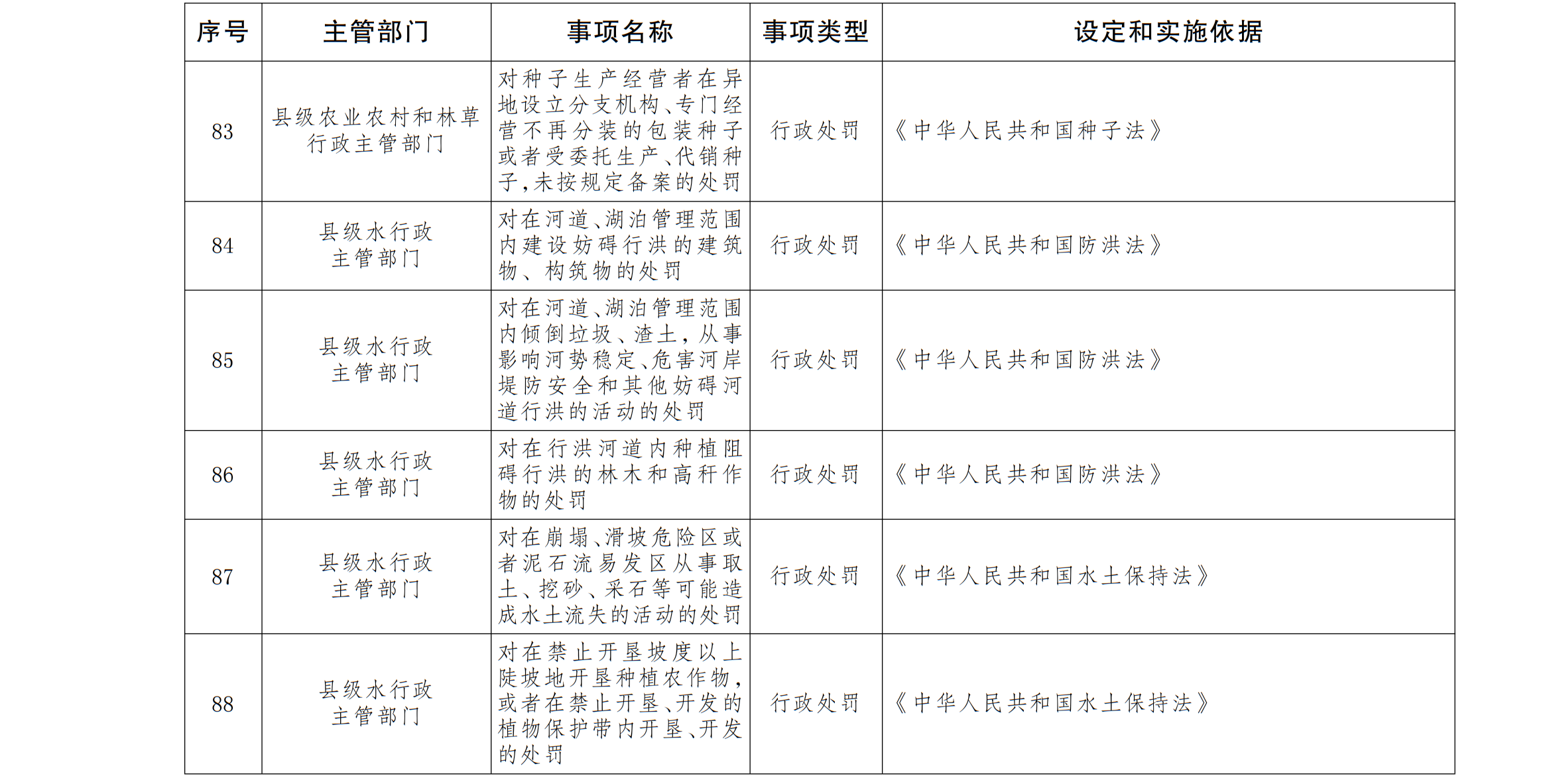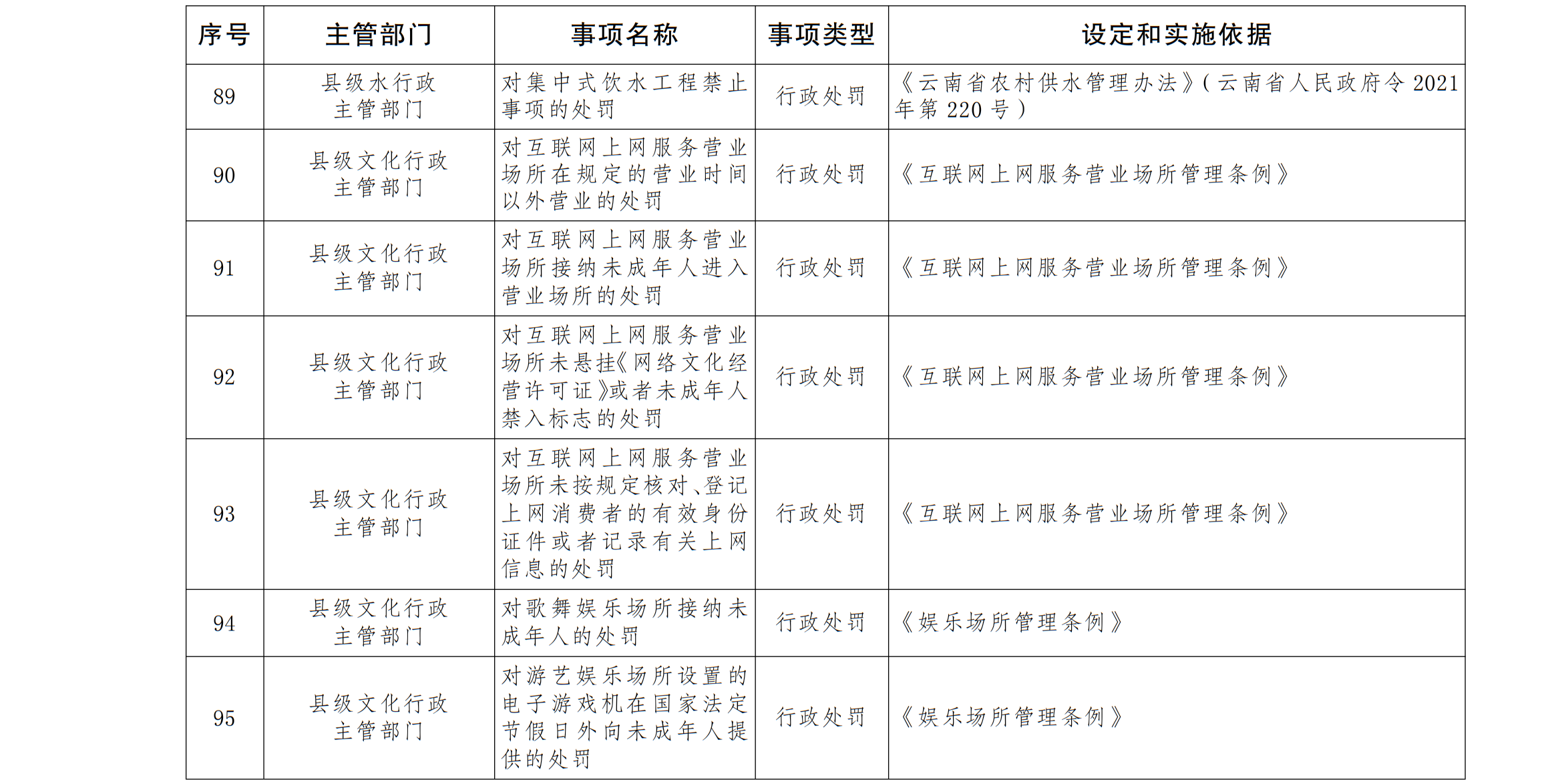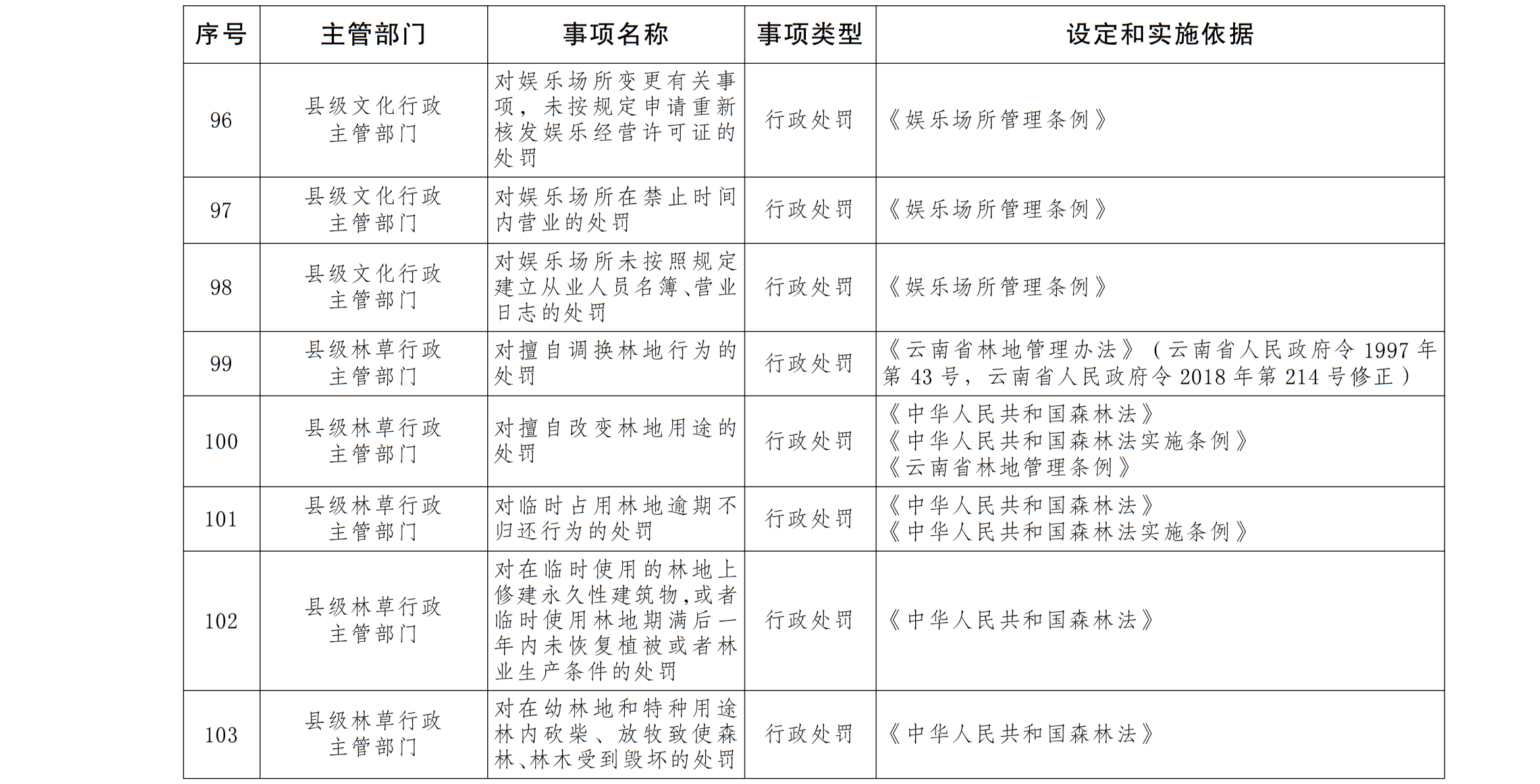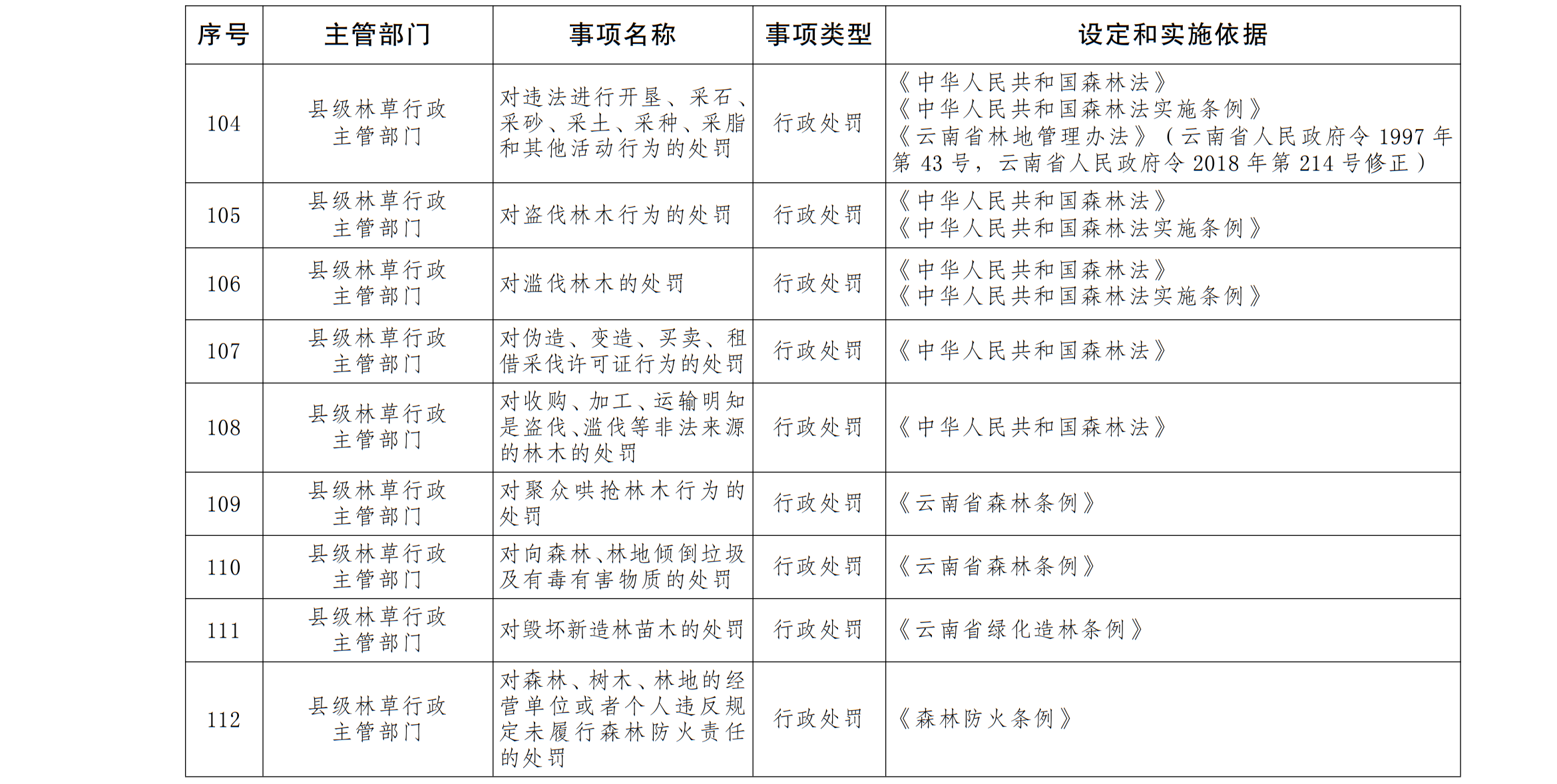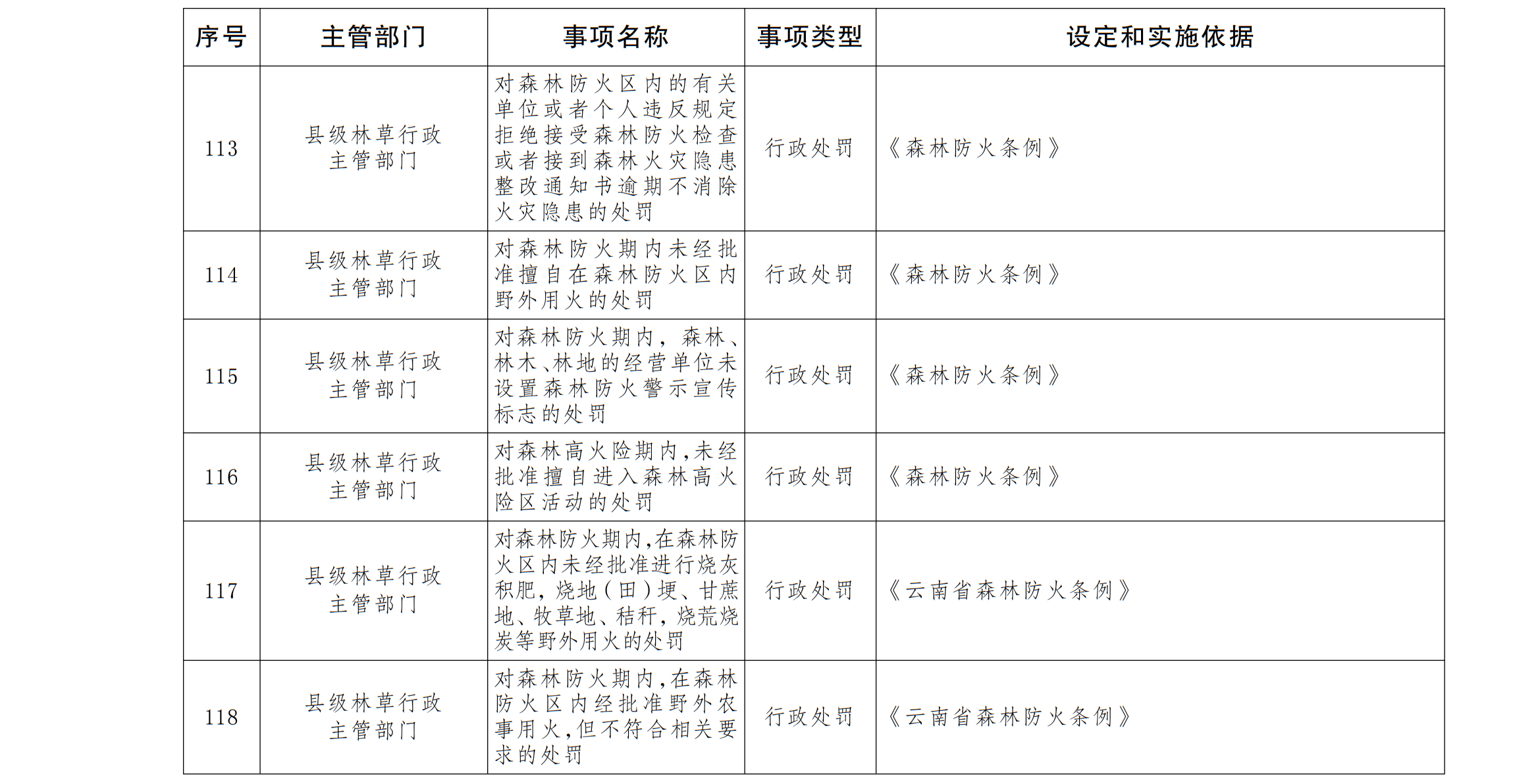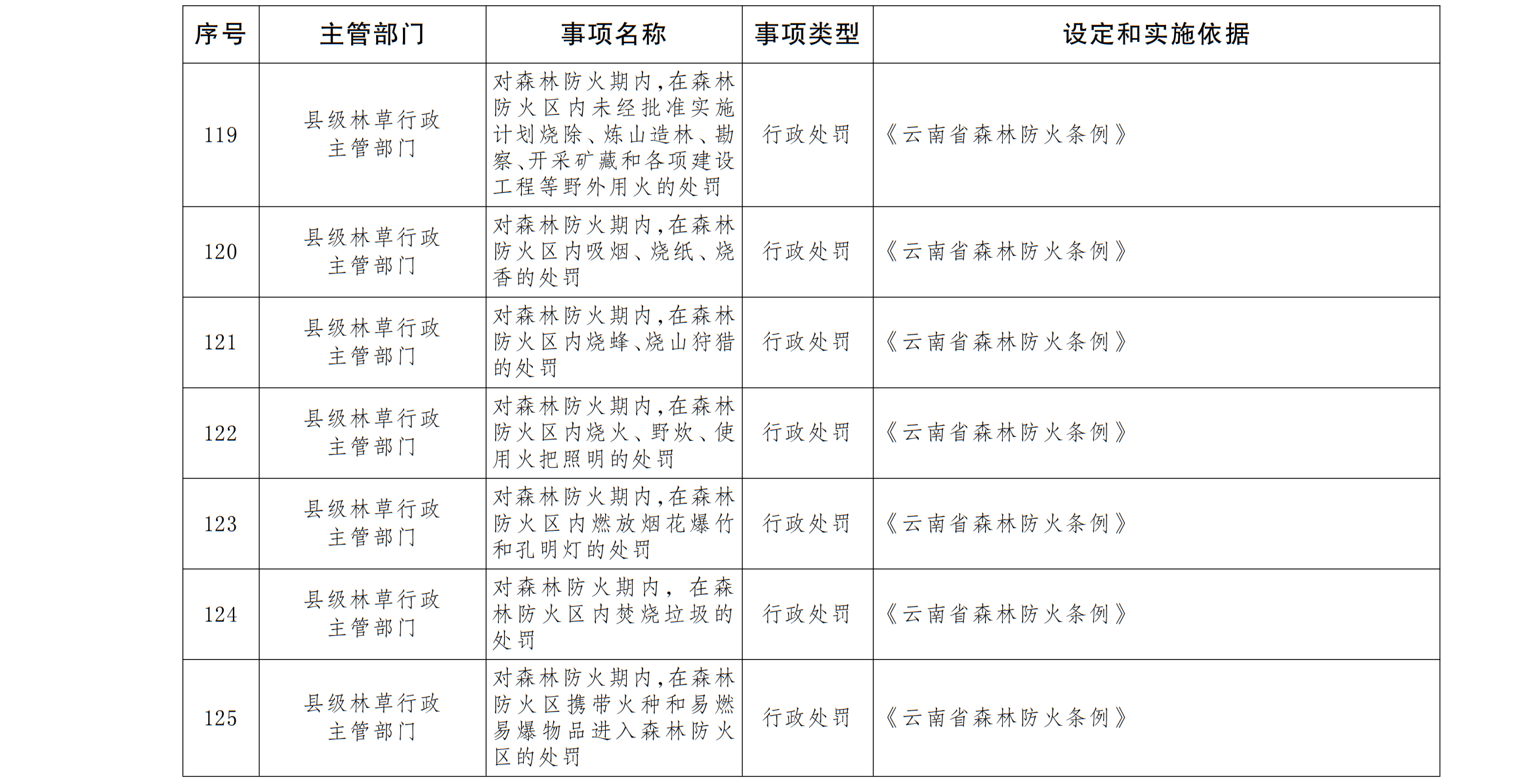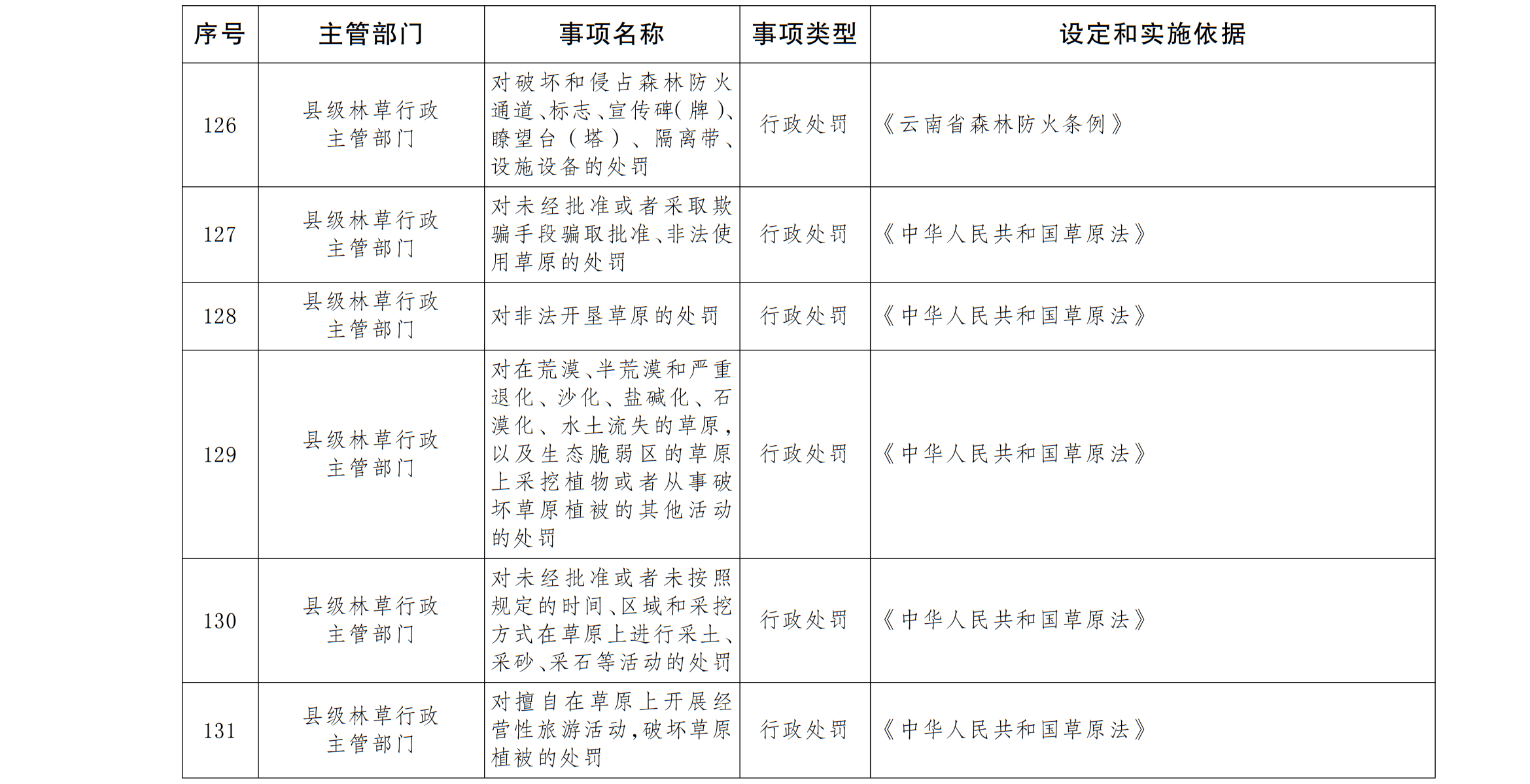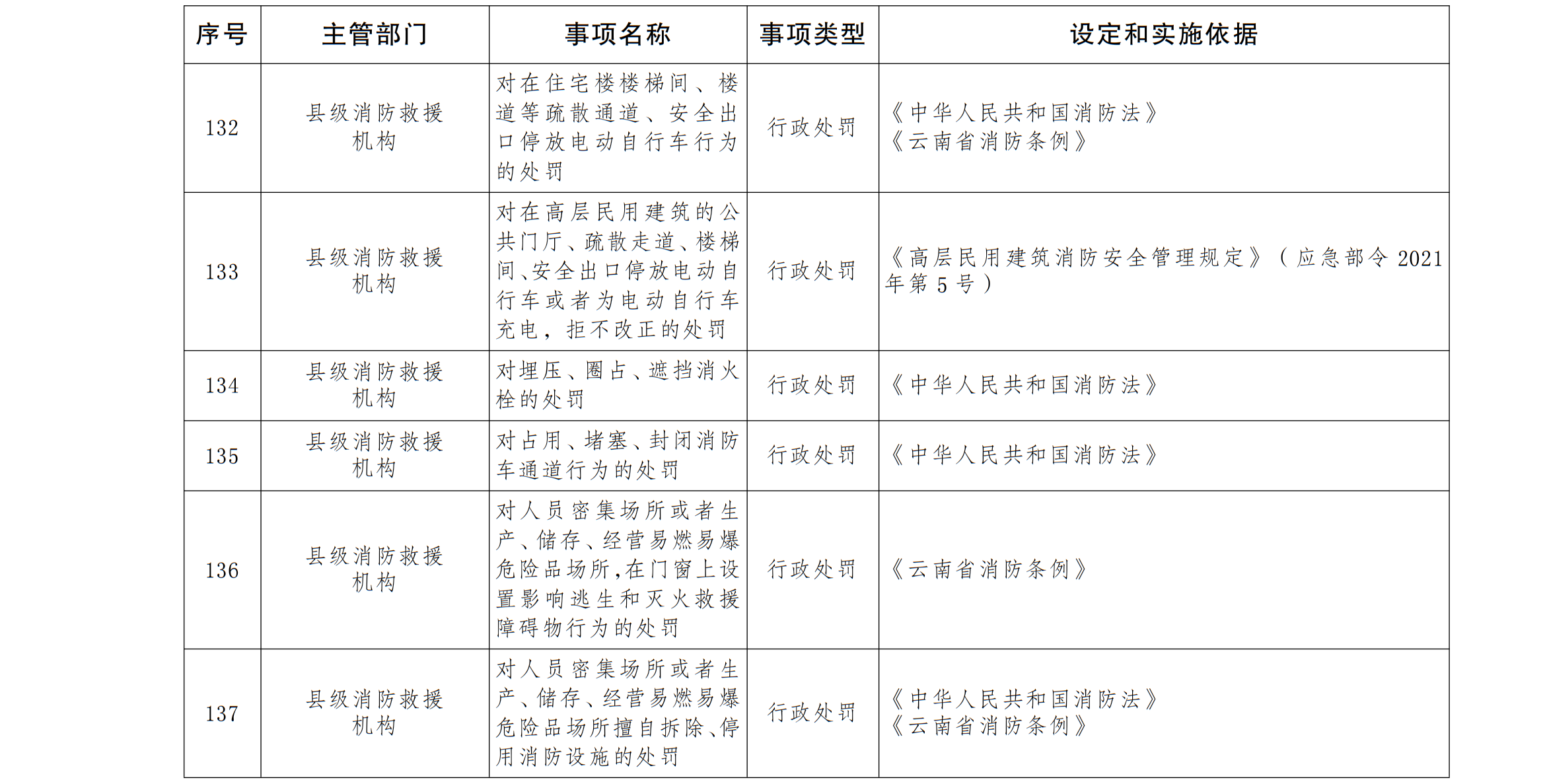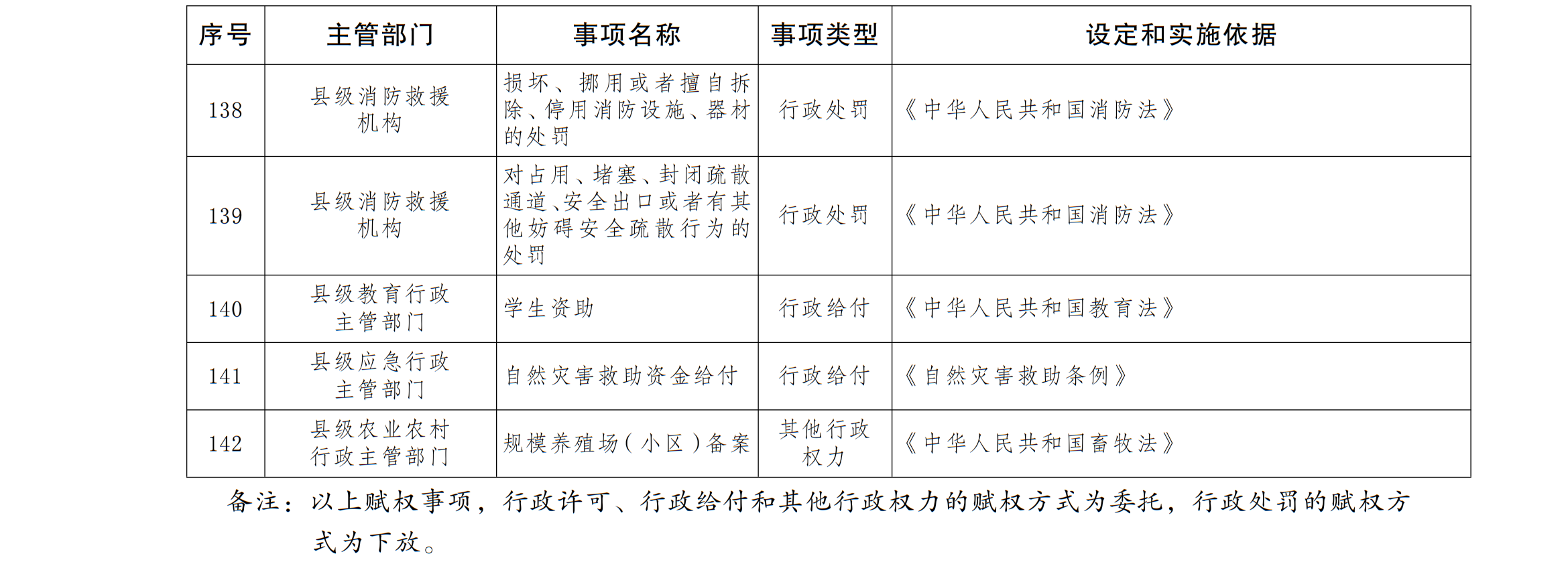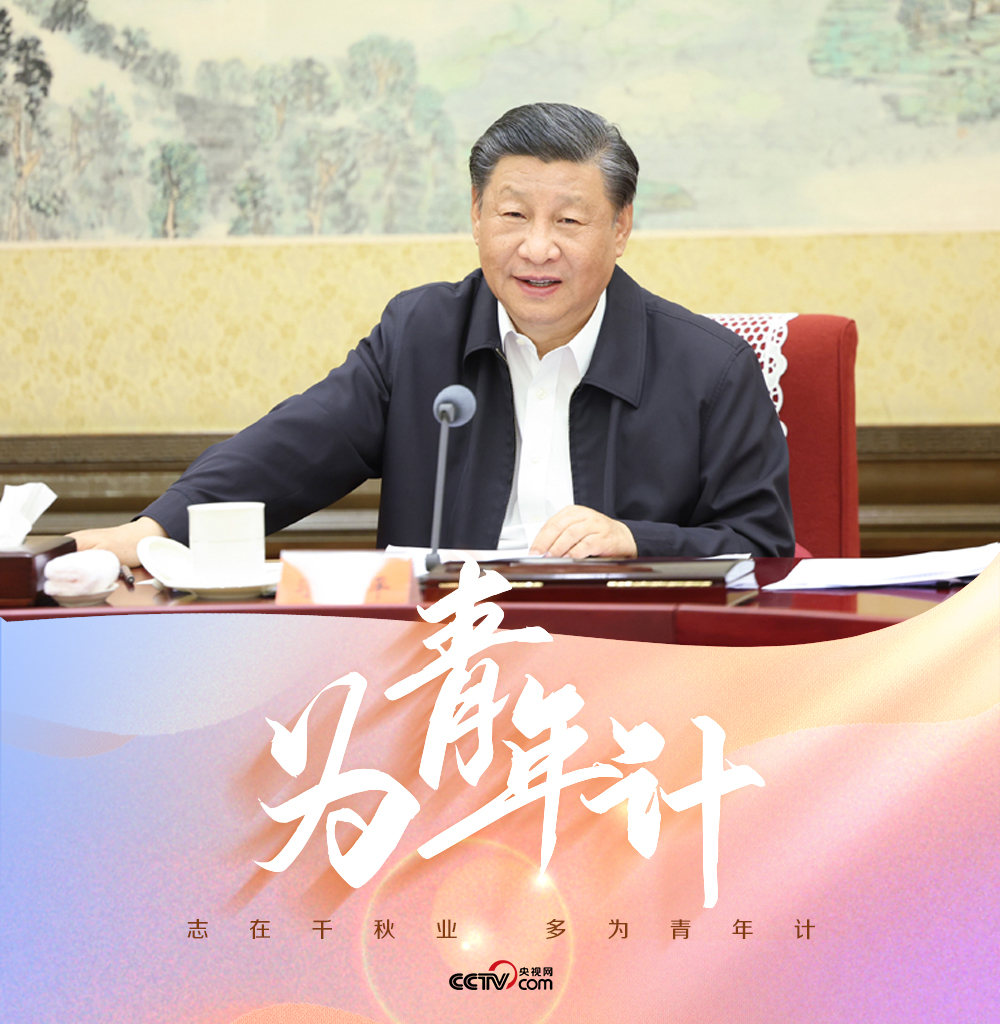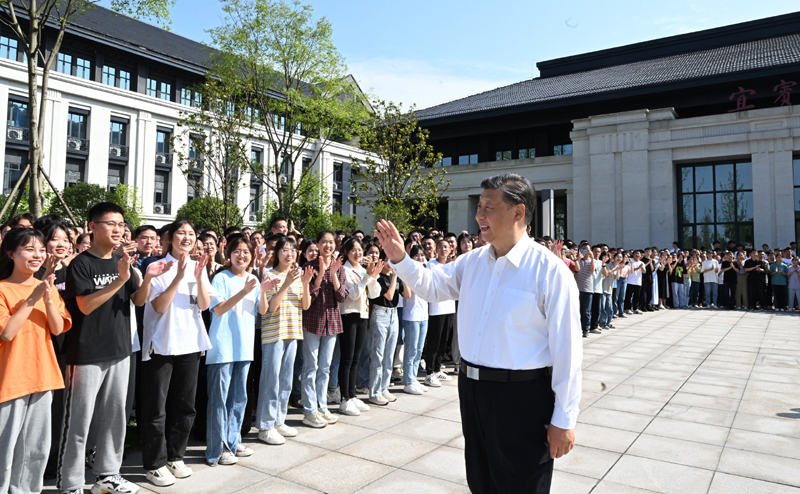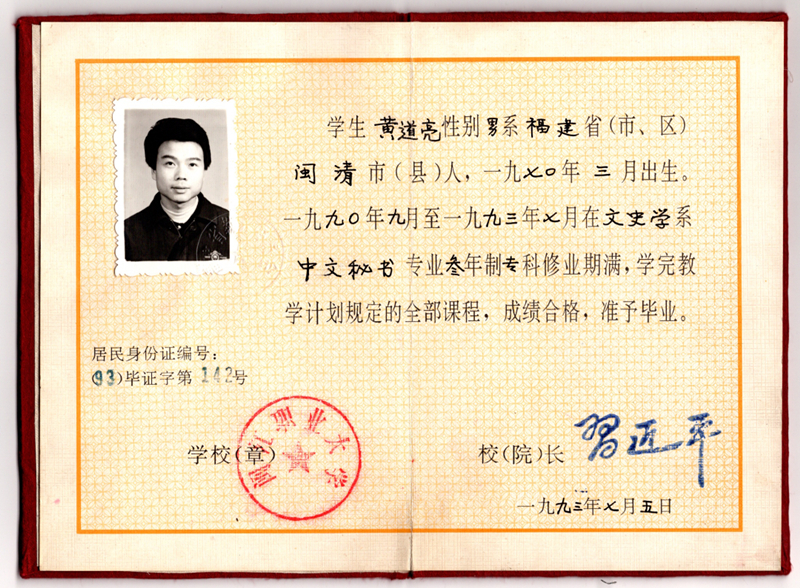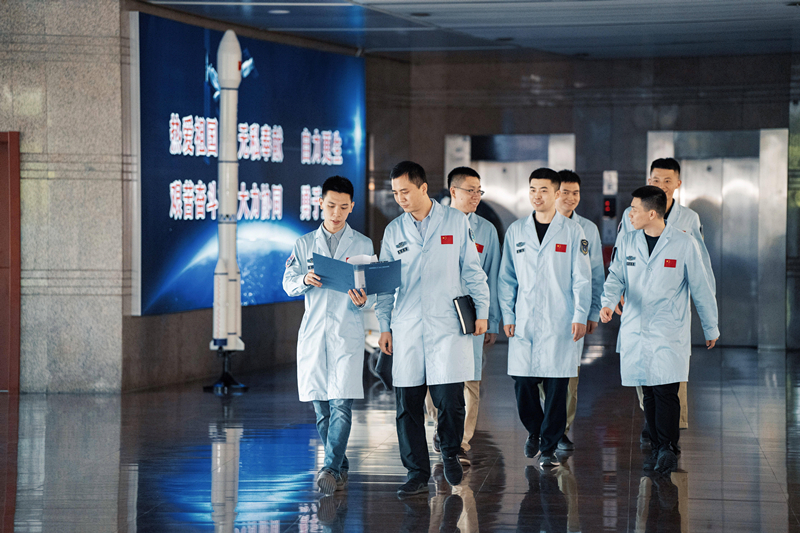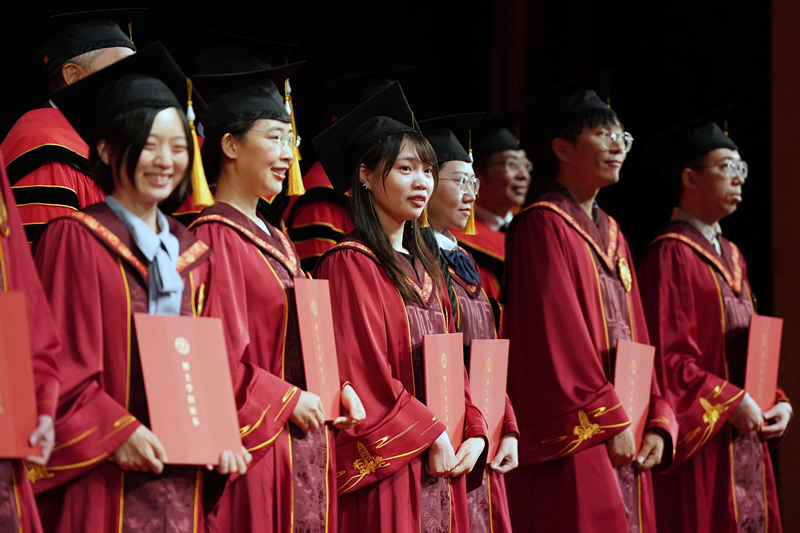From March 30, 2021, Beijing will implement the reform measures of receiving education and reducing traffic violation points.
Learn about the new measures together!
01Which motorists can take part in the study of law in Beijing to reduce points?
Drivers who hold motor vehicle driver’s licenses issued by Beijing public security traffic control department do not distinguish between the types of drivers who are allowed to drive and whether they are drivers of operating vehicles. In a scoring cycle,Cumulative score is less than 12 points.And meet the application conditions., can participate in the study of law to reduce points, and in accordance with their maximum driving type to participate in the corresponding road traffic safety laws, regulations and related knowledge learning, examination.
However, in any of the following circumstances,You can’t apply for a deduction in learning law.:
1 in this scoring cycle, the motor vehicle driver has more than two full marks, or the cumulative score reaches 12 points;
2. In the last scoring cycle, the motor vehicle driver had more than two full marks;
3. In the last three scoring cycles, the driver of a motor vehicle has been punished for escaping after causing a traffic accident, or driving a motor vehicle after drinking alcohol, or using forged or altered motor vehicle number plates, driving licenses, driver’s licenses and school bus signs, or using other motor vehicle number plates and driving licenses, or buying and selling points;
4. The motor vehicle driver’s license is in the internship period, or the motor vehicle driver’s license is overdue for verification, or the motor vehicle driver’s license is detained or temporarily detained;
5. The name of the motor vehicle driver has an unprocessed traffic violation record;
6. The motor vehicle driver has a motor vehicle whose safety technical inspection has expired or whose registration has not been cancelled as required;
7. Motor vehicle drivers participate in traffic safety education to reduce the scores of road traffic safety violations, or there are fraud and impostor situations when motor vehicle drivers score full marks in education and certification education and study exams.
02What are the ways and rules to reduce points in learning methods?
There are three main ways to reduce points, namely, taking online study exams, taking on-site study exams and taking part in traffic safety public welfare activities. At present,Beijing only opened the online study exam to reduce or reduce the score.. Motor vehicle drivers who register and log in to the "Traffic Management 12123”APP, participate in online learning through the" learning method to reduce points "module (learn for 30 minutes in 3 days, and each time is not less than 5 minutes) and pass the examination, will be reduced by 1 point at a time, which does not involve fine reduction, and the maximum cumulative reduction is 6 points in a scoring cycle.
03Is there a limit on the number of times to take part in the study of law?
There is no limit to the number of times.However, the motor vehicle driver can reduce the score within a scoring period to reach.6 pointsAfter that, you will not be able to continue to participate in the study of law.
04Is it okay to study for hours and then apply for exams several times in a row?
You can’t.After studying for 30 minutes, the applicant can choose to take the exam immediately or continue studying. Those who choose to continue their studies will only be counted as an examination opportunity. After one round of study examination, the applicant can take the next round of study and examination, and can’t accumulate study time at one time in exchange for the number of examinations.
05Can I reduce the pre-stored score by learning?
You can’t.To apply for the deduction of points, you mustThere are scores in the current scoring cycle., and there is no situation where you can’t apply for a deduction. If there is no score in the current scoring cycle, the pre-stored score cannot be reduced by learning.
06Every scoring cycle can be reduced by 6 points, that is, the score is increased to 18 points?
No."The score of driver’s license is raised to 18 points" is a misunderstanding of the reform measure of "accepting traffic safety education to reduce the score of traffic violations". The deduction of points is deducted from the existing accumulated points of motor vehicle drivers. It is not a non-scoring treatment when dealing with traffic violations, and it is impossible to reduce the pre-stored points by learning. It is impossible to understand that "6 points can be reduced every scoring period" as raising the full score in the scoring period to 18 points.
07Can I apply to take the exam at any time after completing a study?
You can’t.Must be from the date of completion of studyWithin 7 working daysApply for the exam.
08How long does it take to take the exam? What are the topics?
The examination time is20 minutesThe longest time to answer each question is 60 seconds. The system will randomly select 20 questions from the question bank, which are true or false, single-choice questions and multiple-choice questions. Answering 18 or more questions correctly is qualified. If you answer 3 questions incorrectly or fail to answer them, the system will automatically determine that the exam is unqualified and withdraw from the exam. If you fail the exam, you can apply for a make-up exam within 24 hours, and the make-up exam is limited to 2 times.
09Does it matter if you answer the phone when you take the exam with your mobile phone?
Will affect.If you switch out of the current interface during the study and examination with your mobile phone due to answering the phone or other reasons, the study or examination will be interrupted.
10What other circumstances will lead to failure in study or examination?
The following situations will also lead to failure in study and examination: first, no portrait was collected during random snapshot; Second, the face recognition comparison failed; Third, the real person certification failed; The fourth is to engage in activities unrelated to road traffic safety laws, regulations and related knowledge online learning and examination.
11What should I do if I disagree with the results of the study examination?
After receiving the audit resultsApply for review within 24 hours.. The public security traffic control department shall complete the review within 3 working days and inform the results of the review.
twelveWhat should I do if the exam results are invalid because the real person fails to pass the certification?
Motorists can do this atApply for review within 24 hours.. The public security traffic control department shall complete the review within 3 working days after receiving the application for review, and inform the results of the review.The application for review is limited to one time..
13What kind of consequences will you face if you cheat and impersonate in the process of reducing points?
willbecome invalidThe driver will learn how to reduce the score record in the scoring period, restore the reduced score, and send the driverBlacklist library; Within three scoring cycles, the public security traffic control department will no longer accept its application for reducing points; Investigate the legal responsibilities of relevant personnel according to law.
14During the period of applying for learning to reduce points, the driver scored 12 points. Can he continue to apply for learning to reduce points?
You can’t.According to the Law of the People’s Republic of China on Road Traffic Safety and its implementing regulations, if the score reaches 12 points in a scoring cycle, the traffic control department of the public security shall detain the motor vehicle driver’s license, and the motor vehicle driver shall take part in the study of road traffic safety laws and regulations and take the examination according to the regulations. If you pass the examination, the score will be cleared and the motor vehicle driver’s license will be returned; Those who fail the exam will continue to take part in the study and exam.
15After passing the "learning method to reduce points", the score is zero. Is it necessary to participate in driver certification education?
Drivers who hold Class A and Class B driver’s licenses for quasi-driving have scored zero by "learning to reduce points" in a scoring cycle.Exempt fromParticipate in this year’s driver certification education.
(CCTV reporter Zhao Xuerong)


